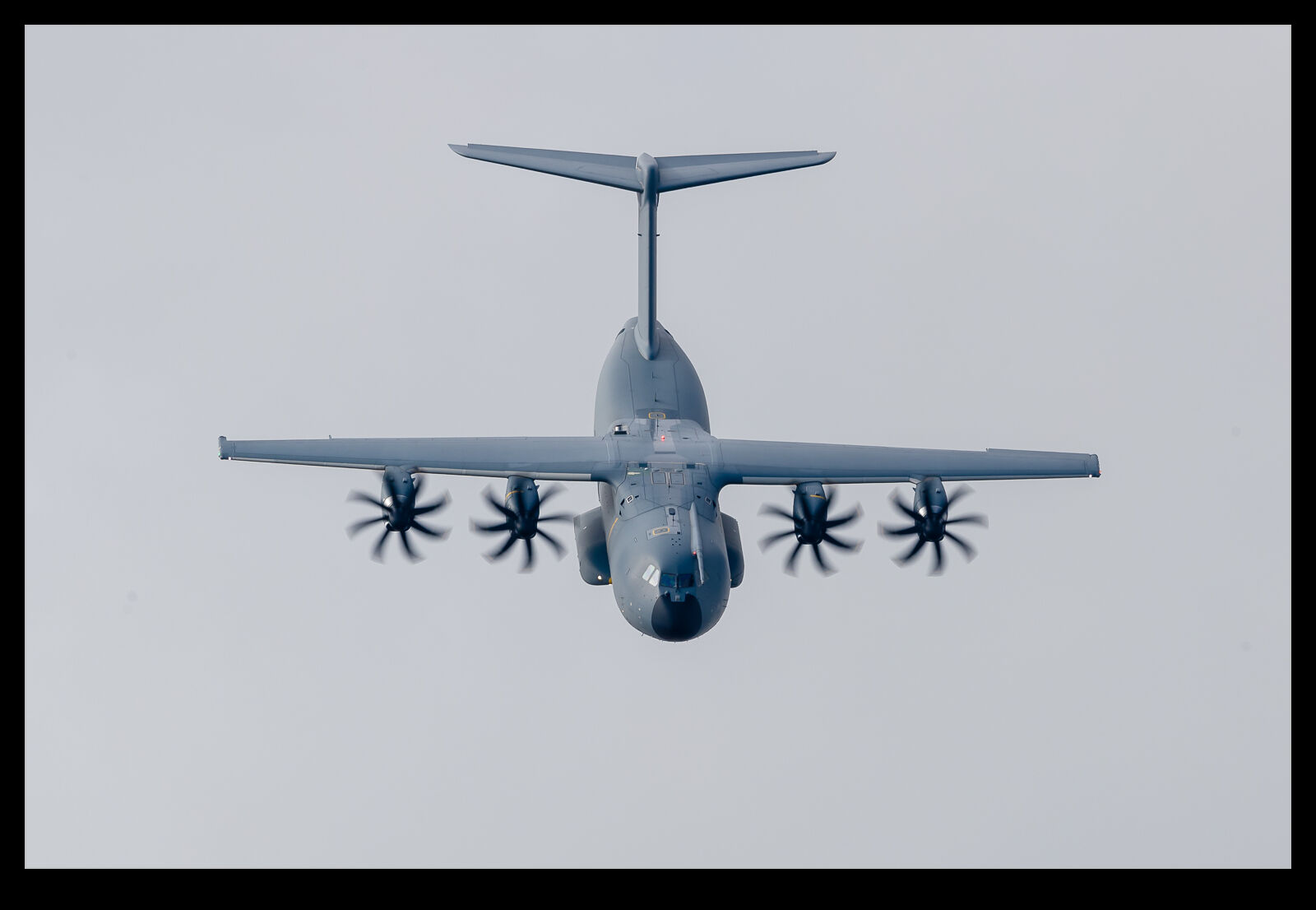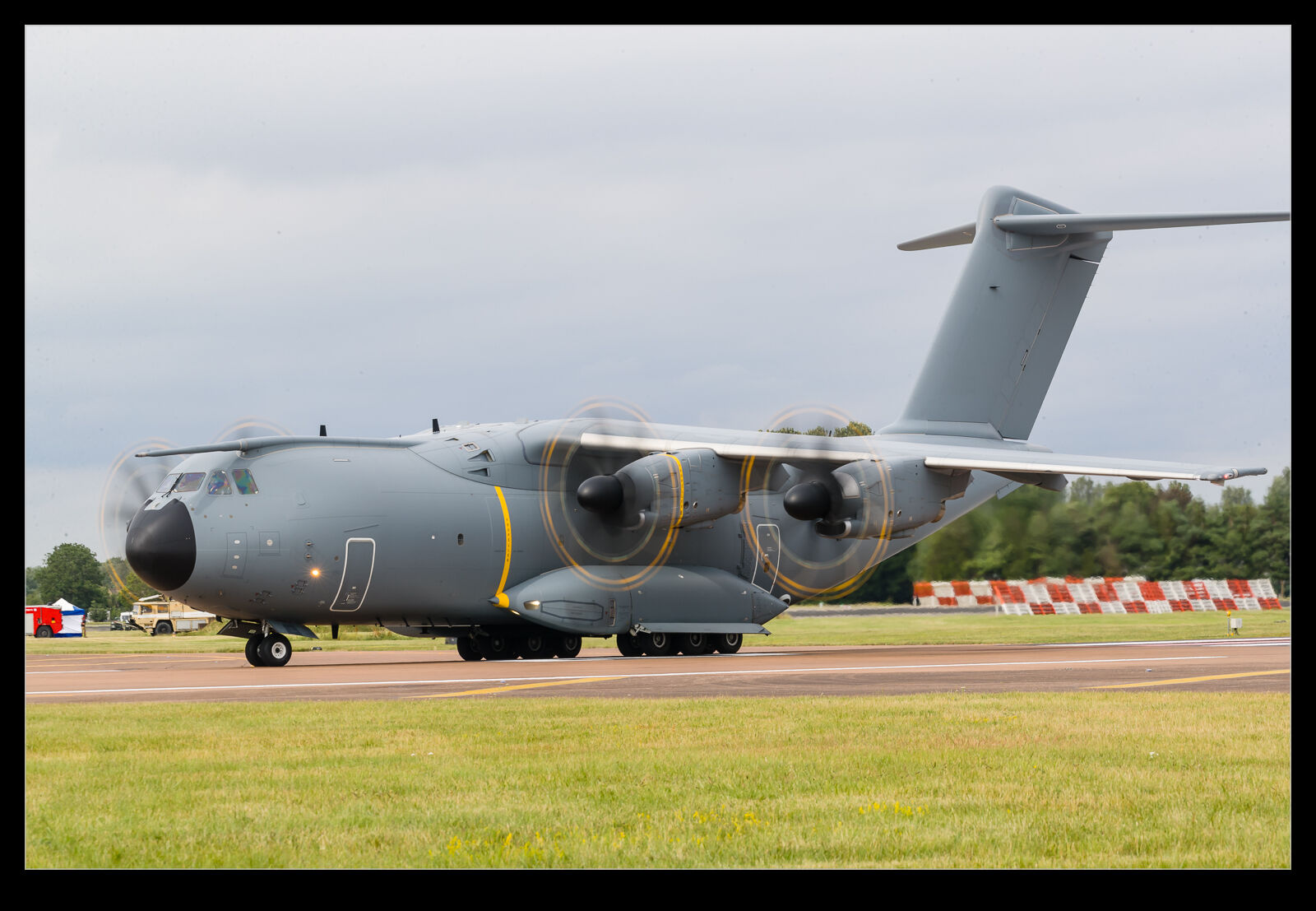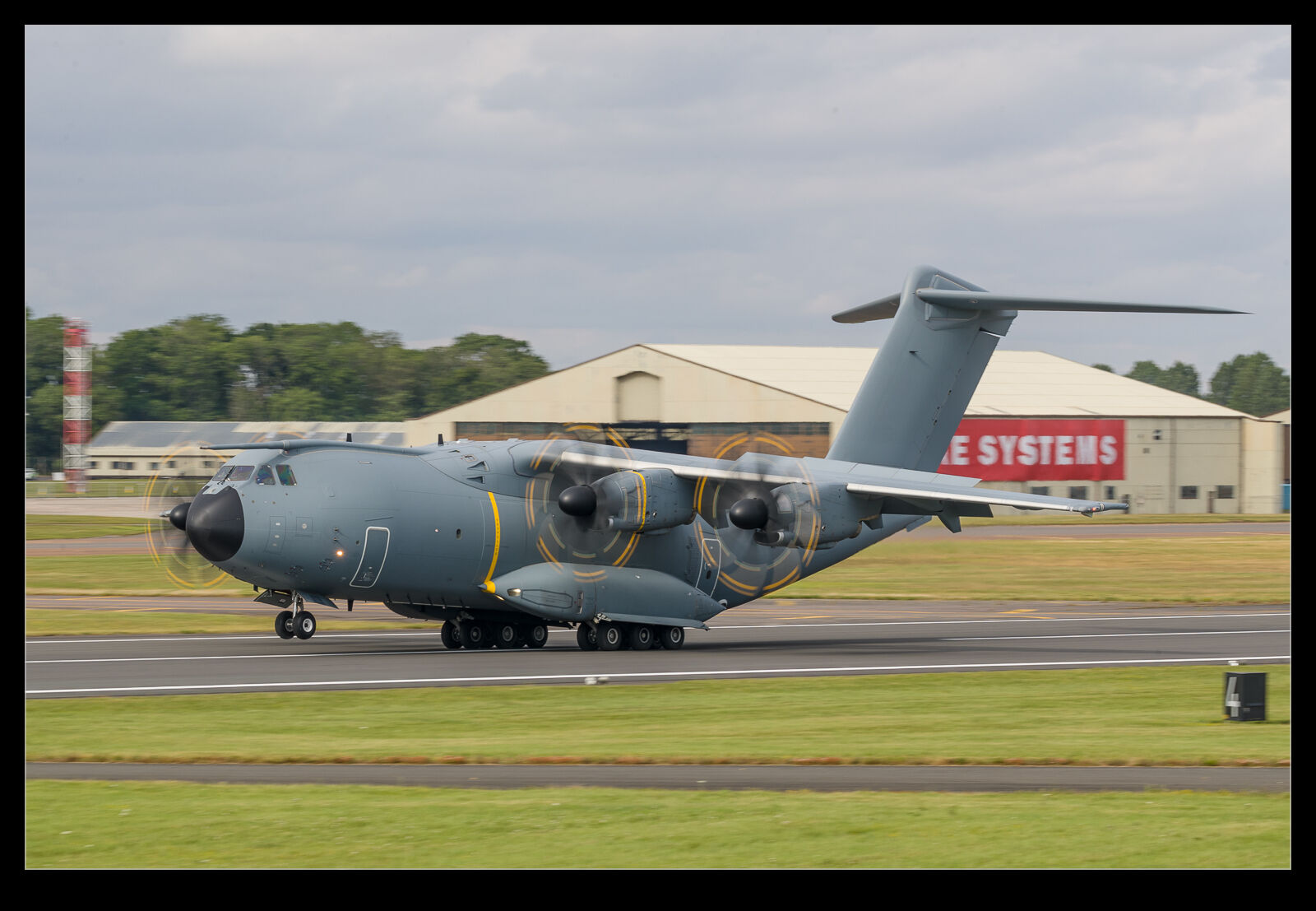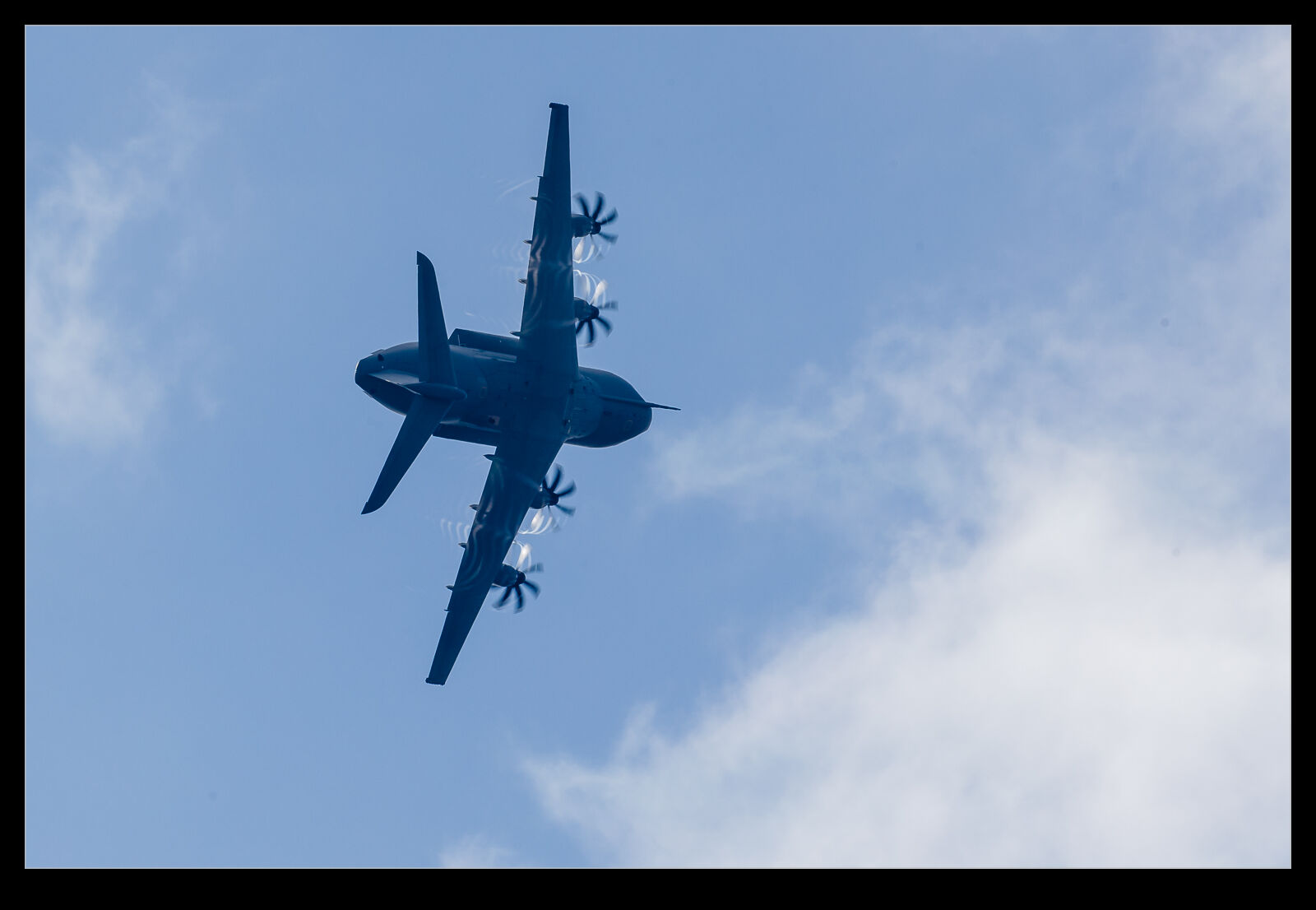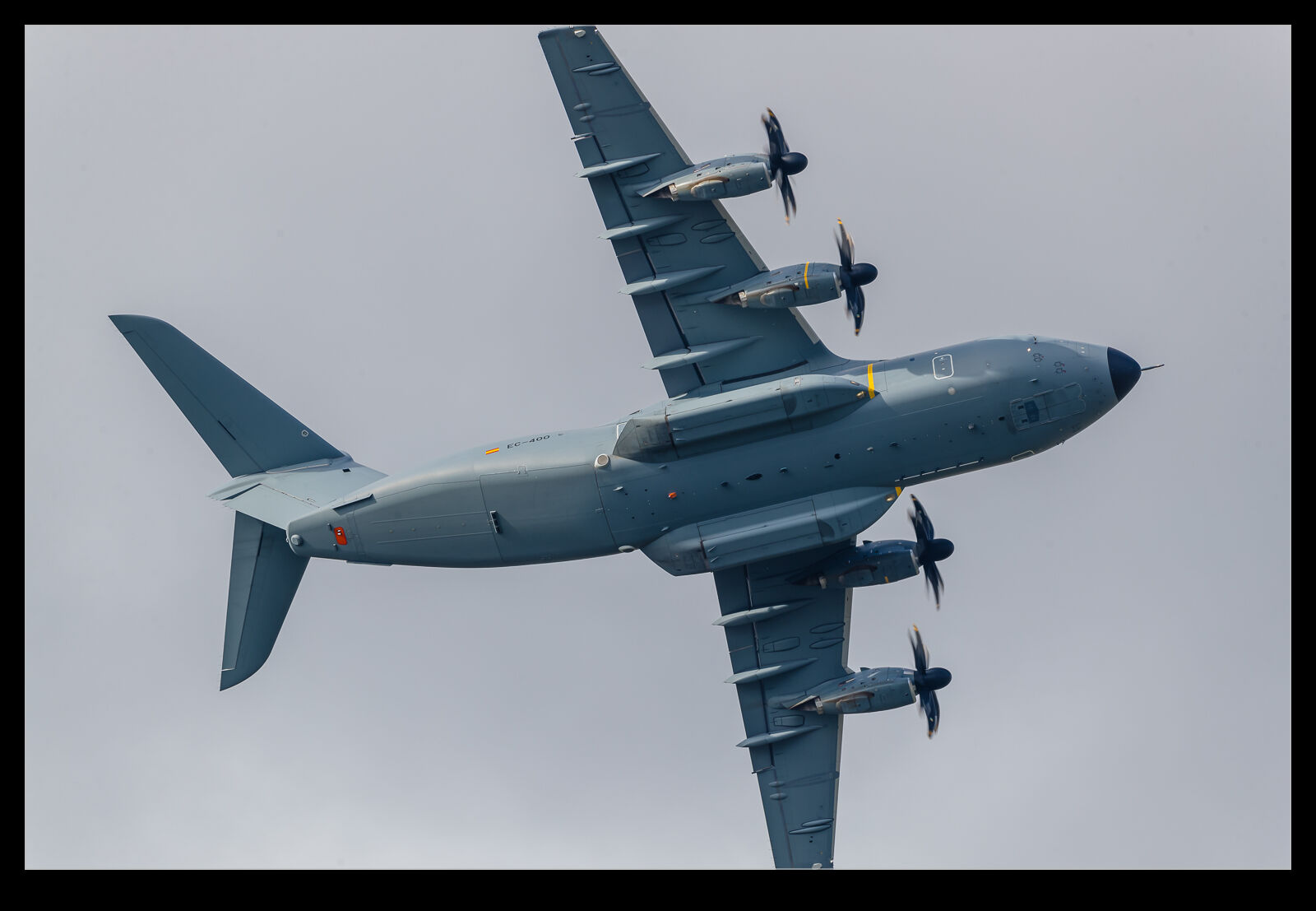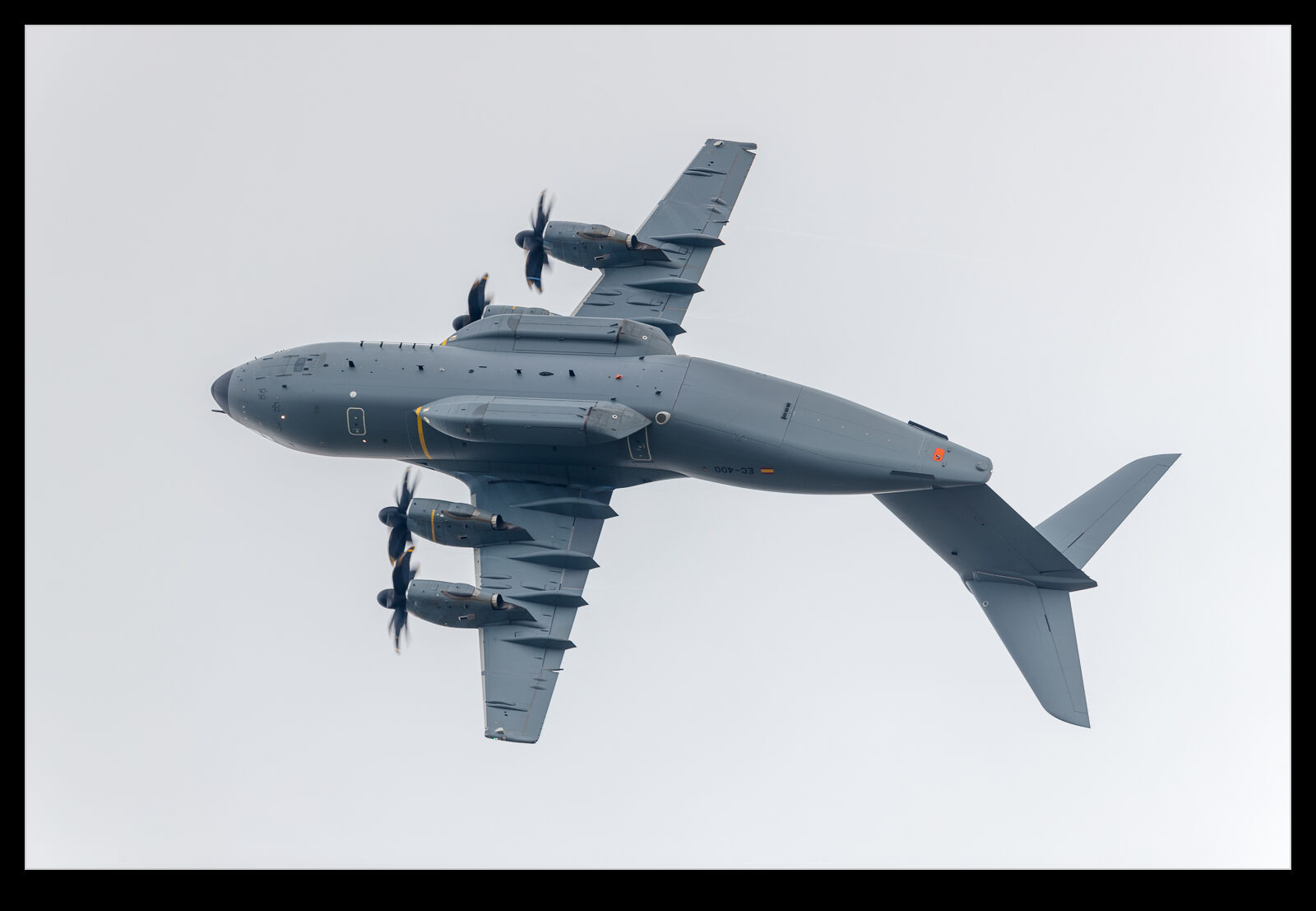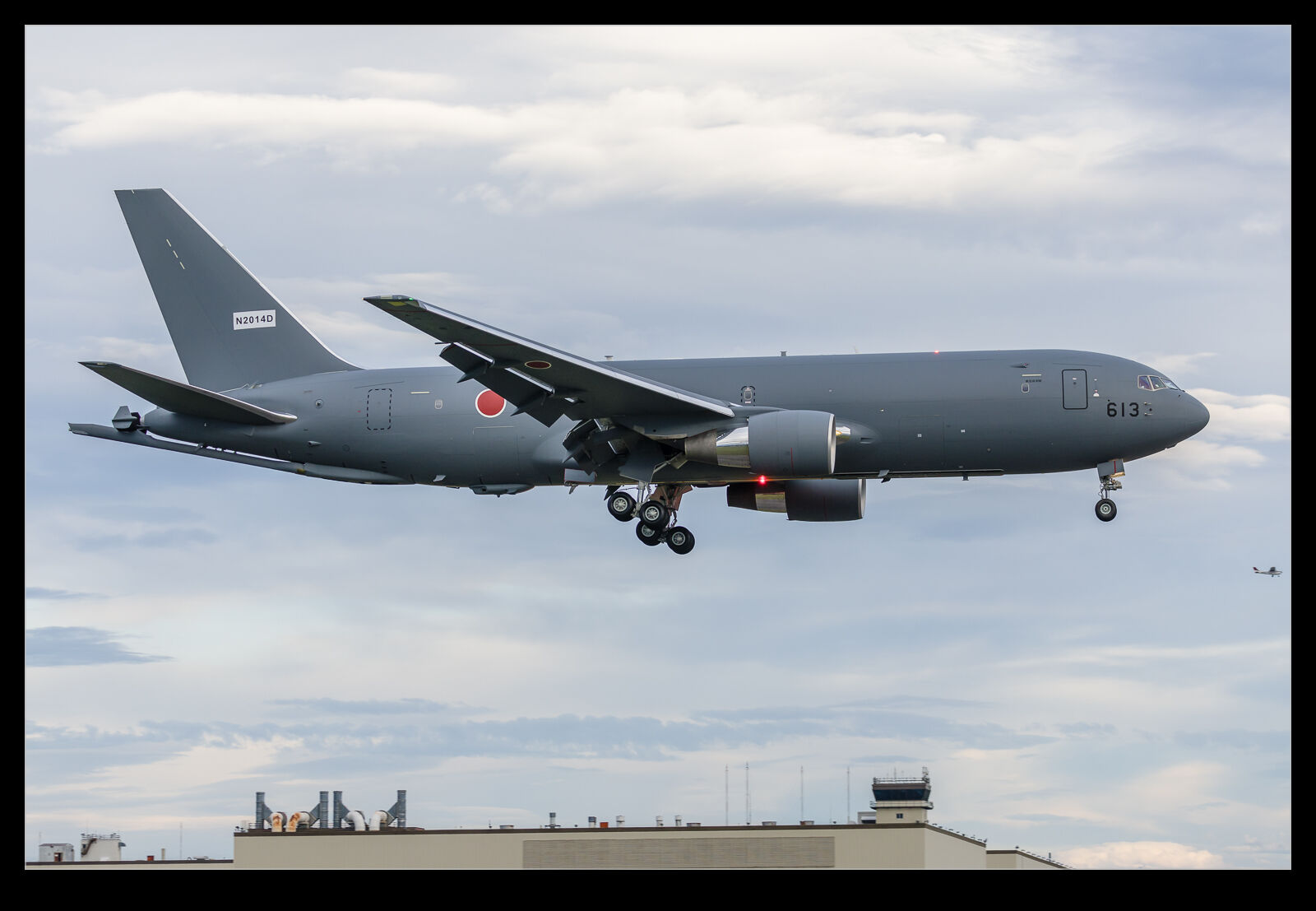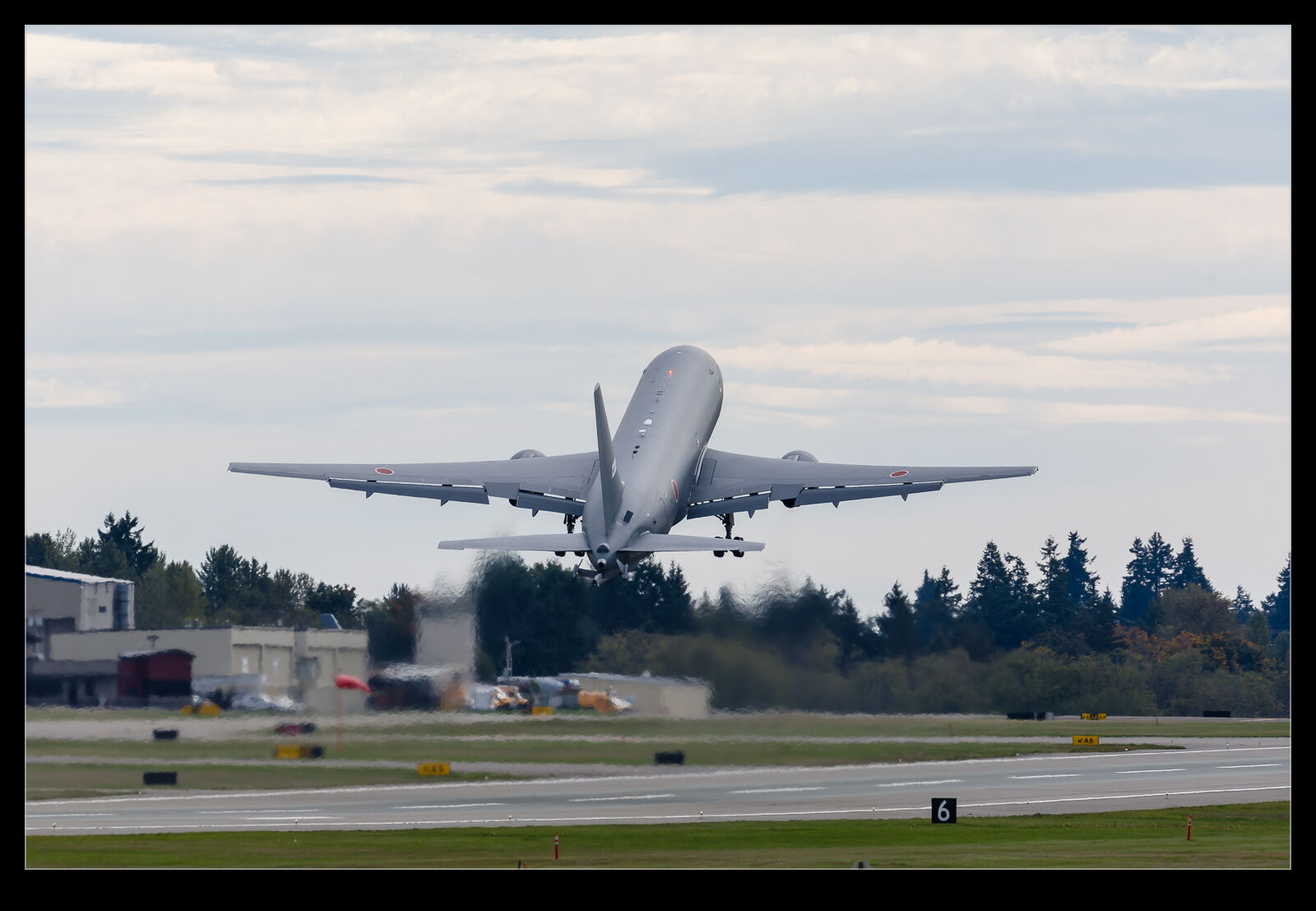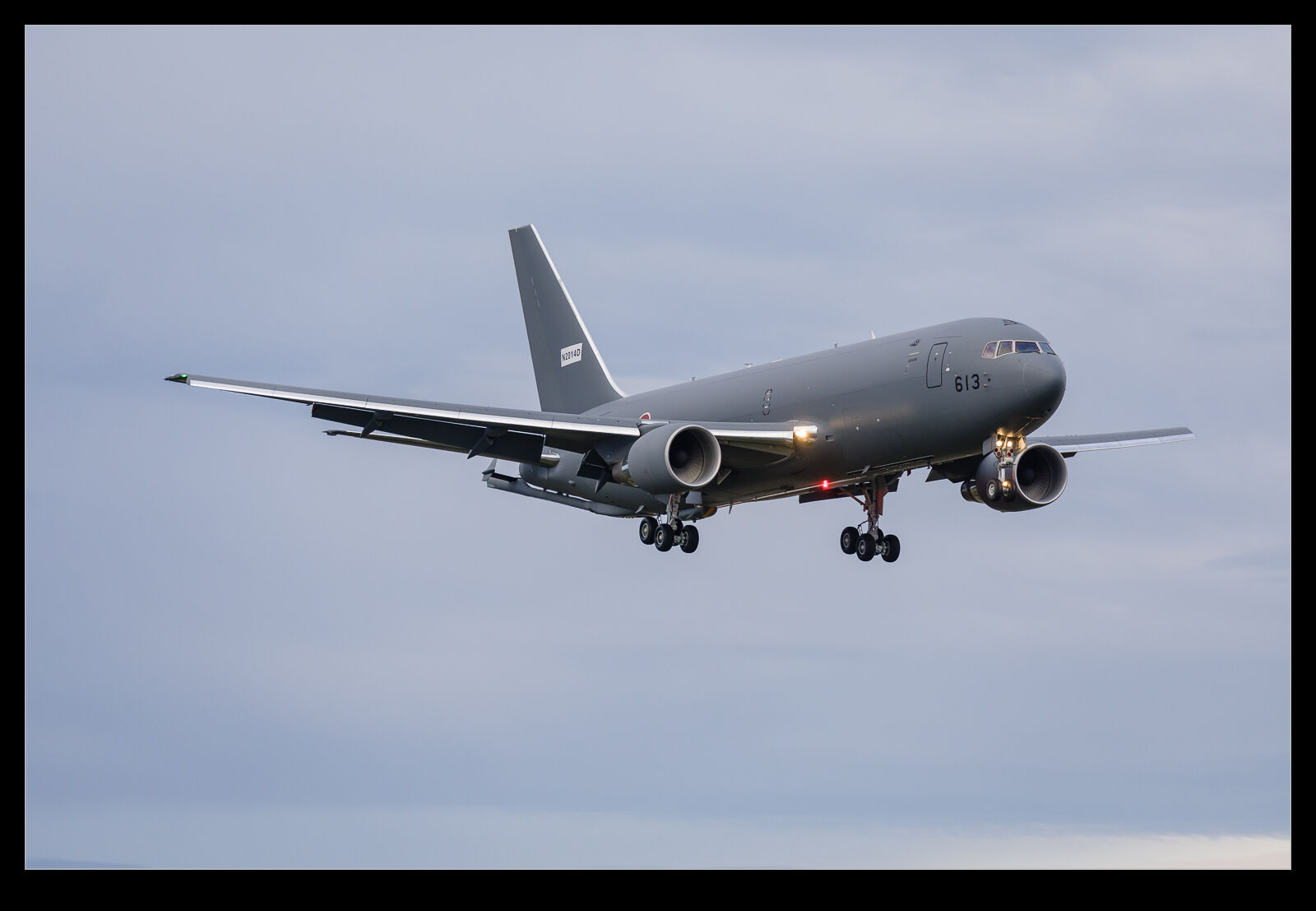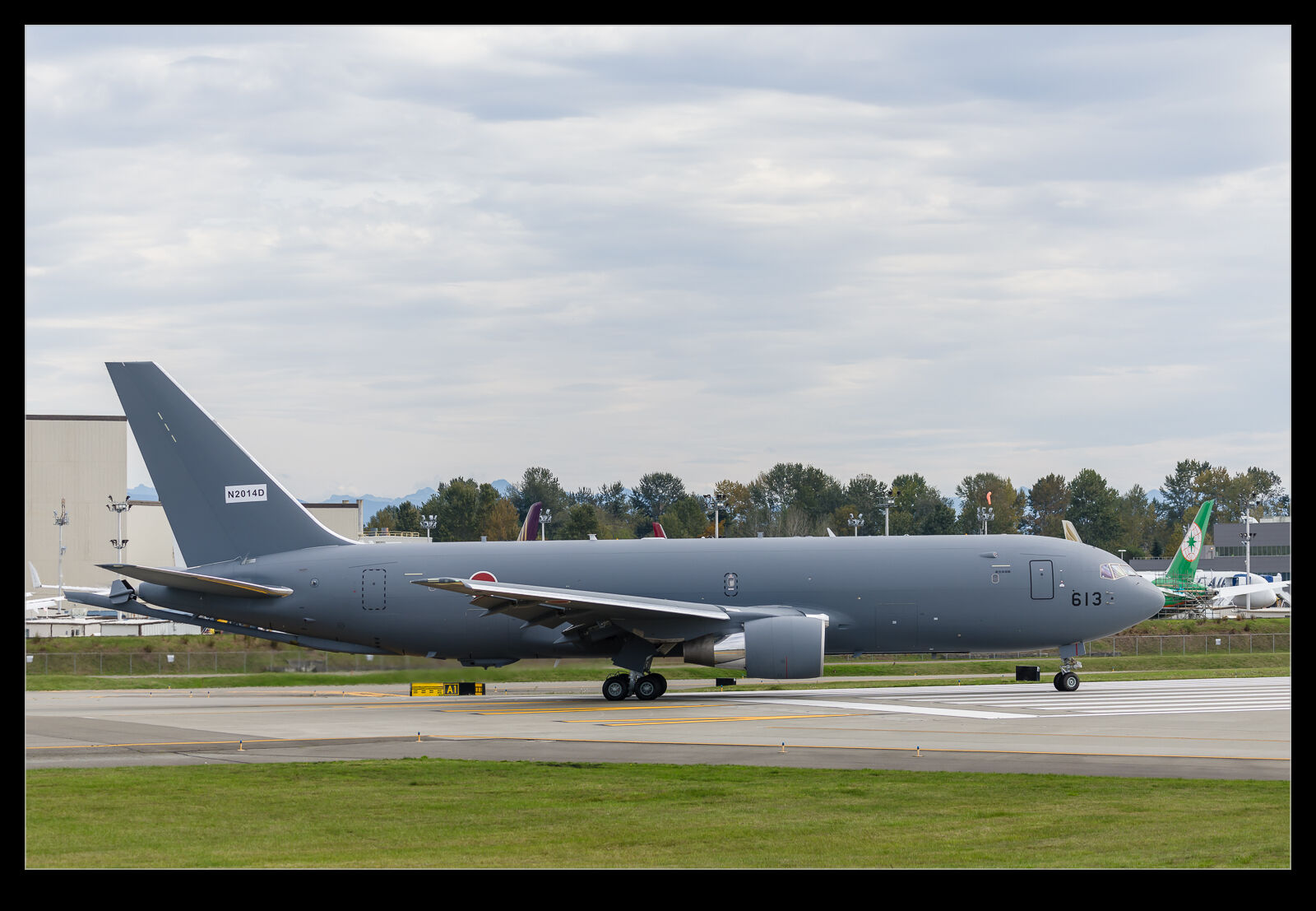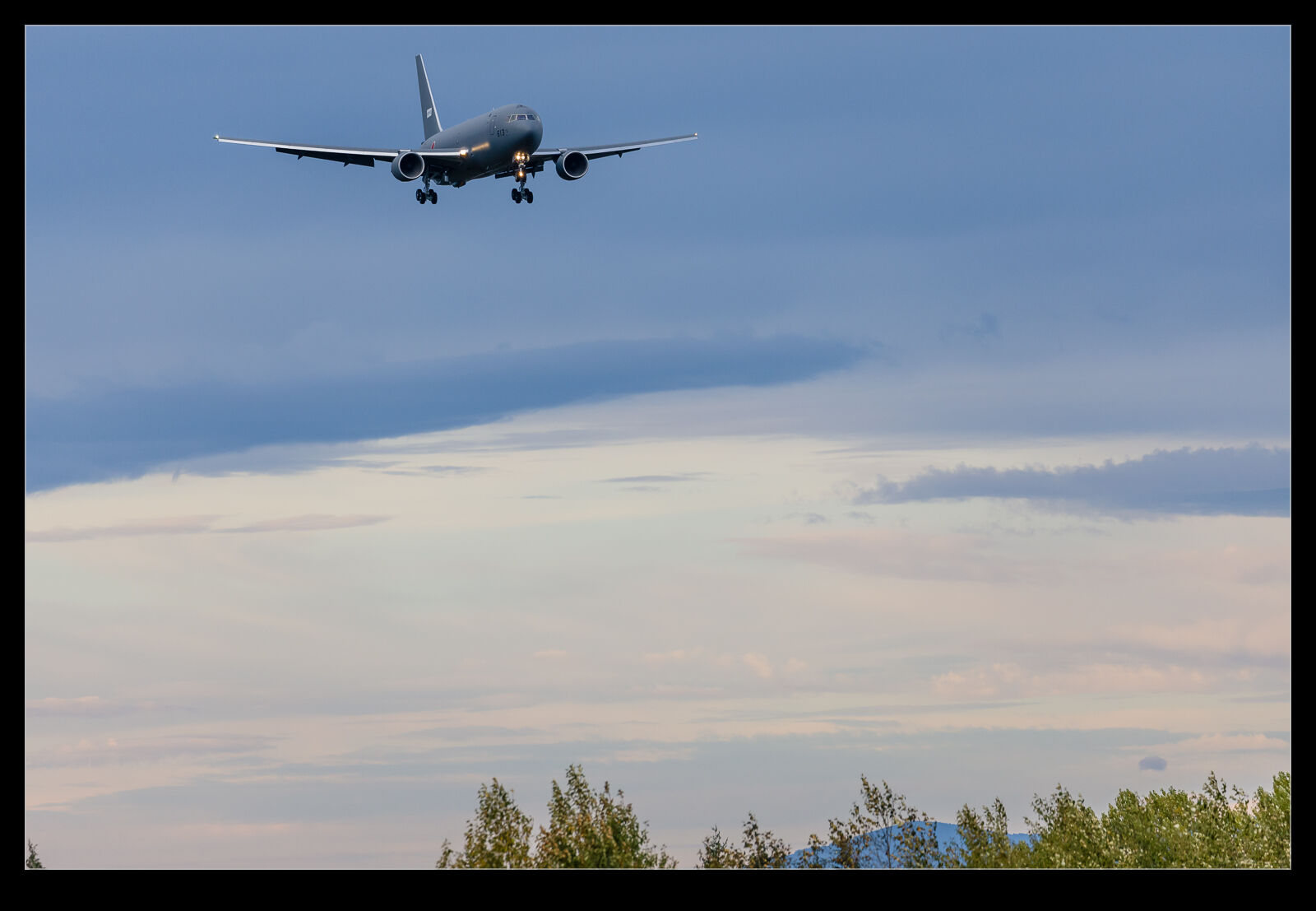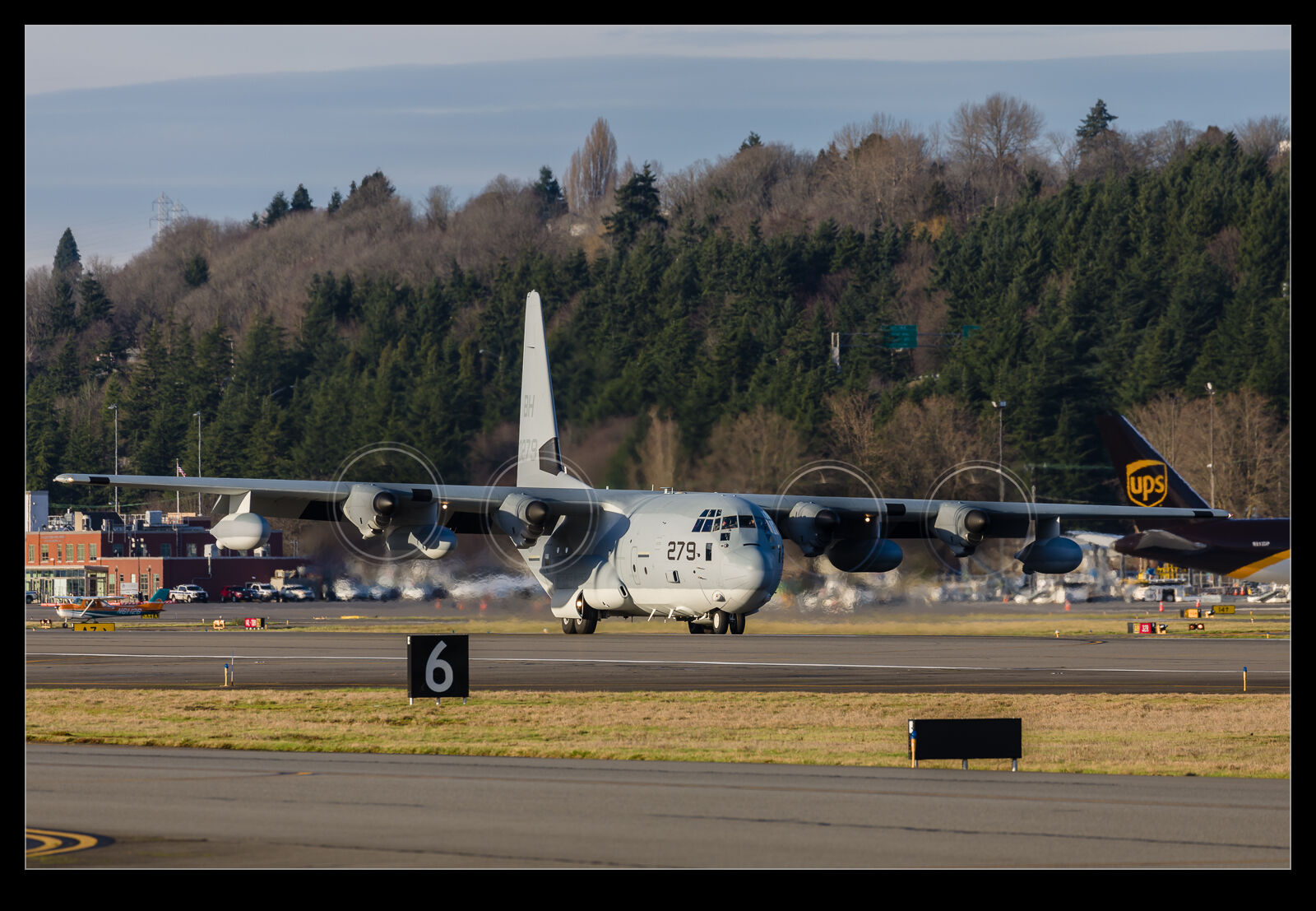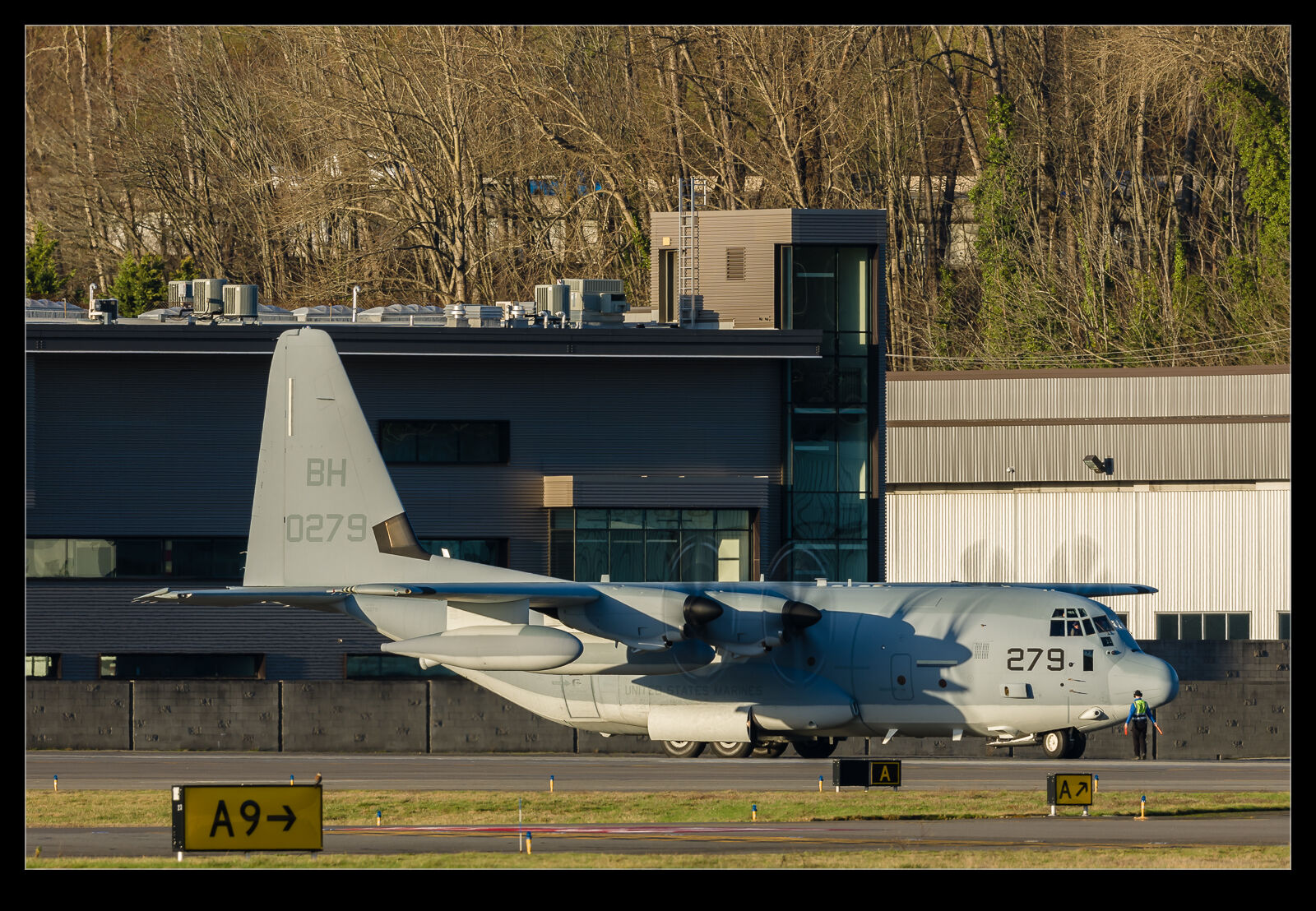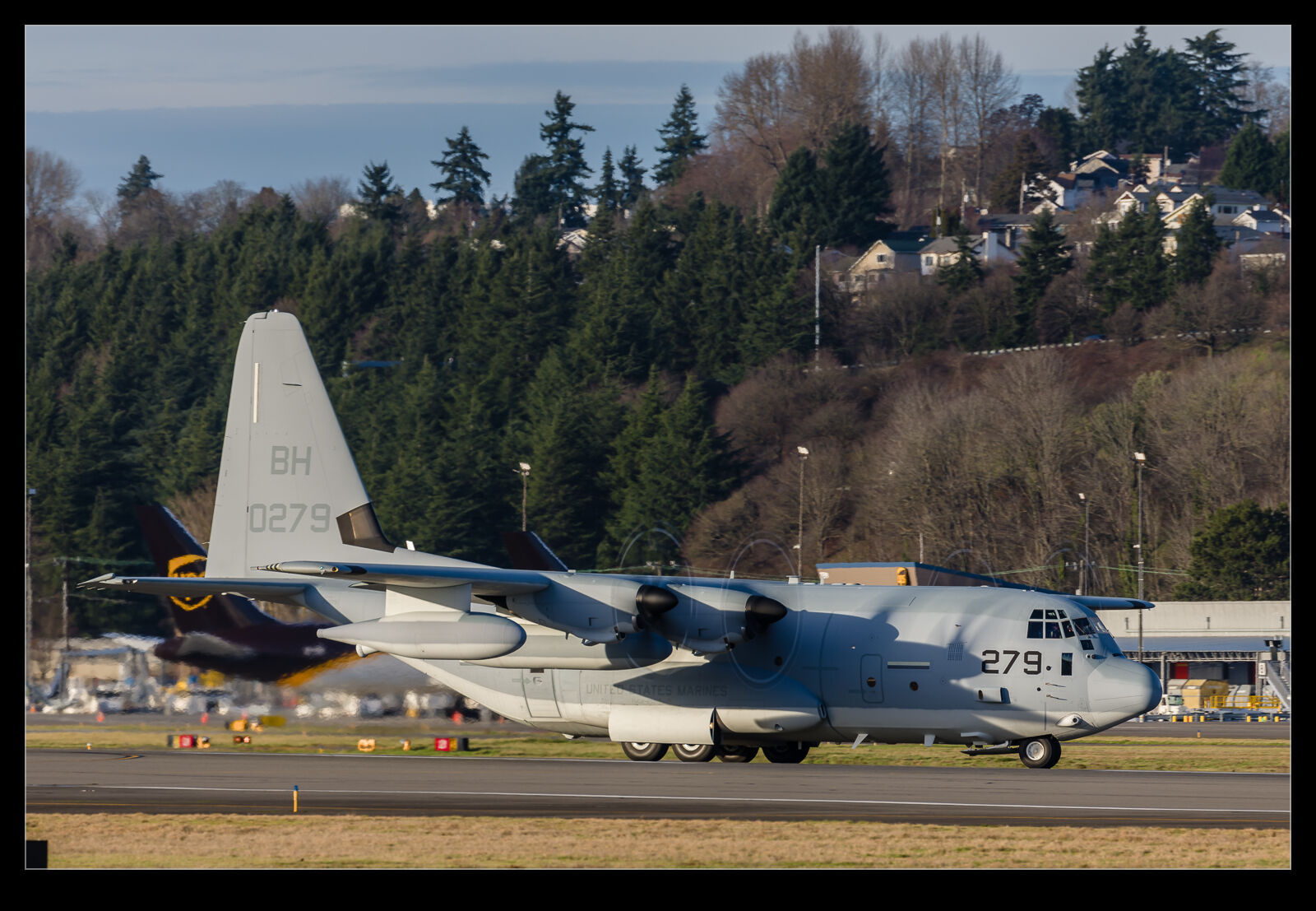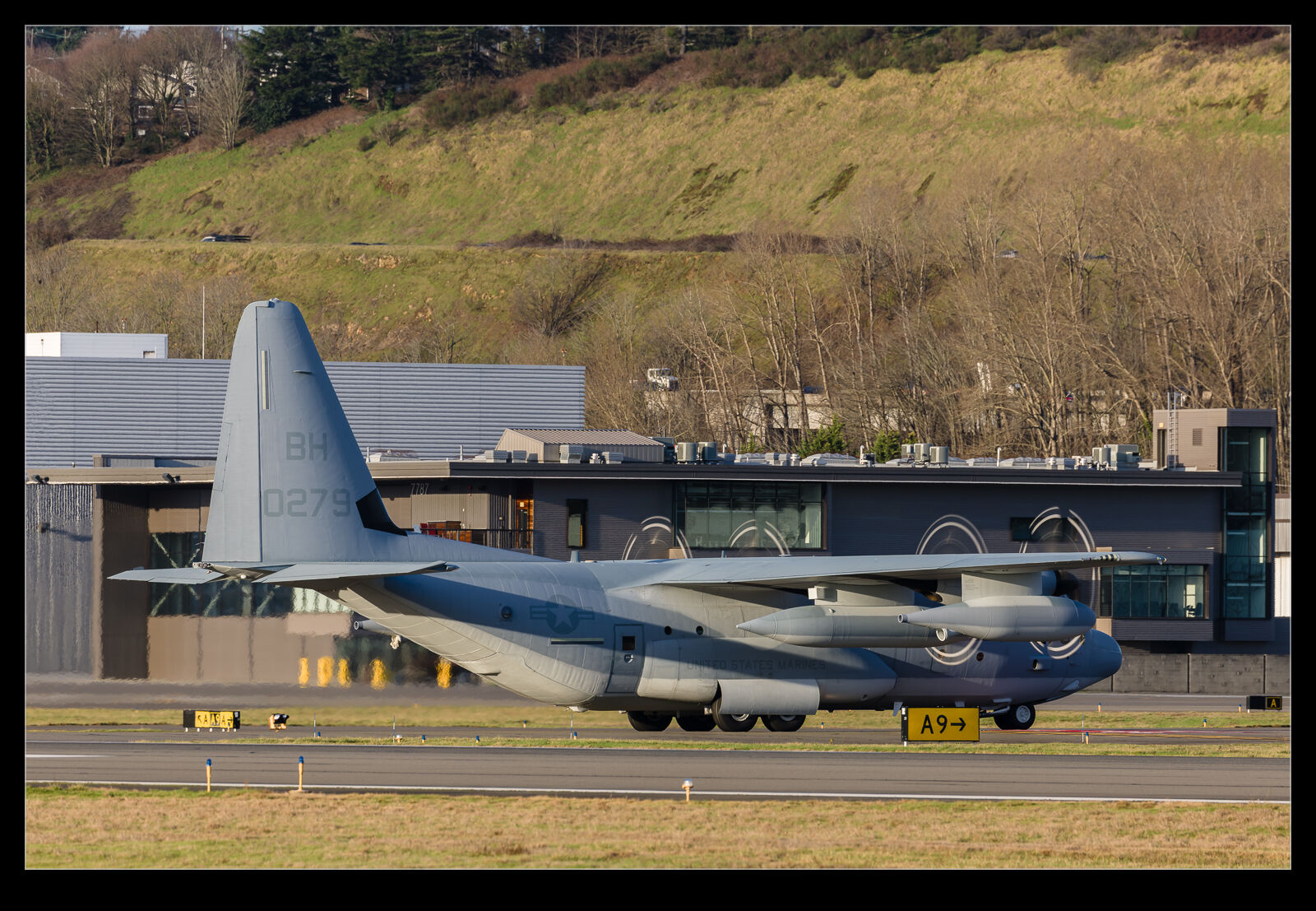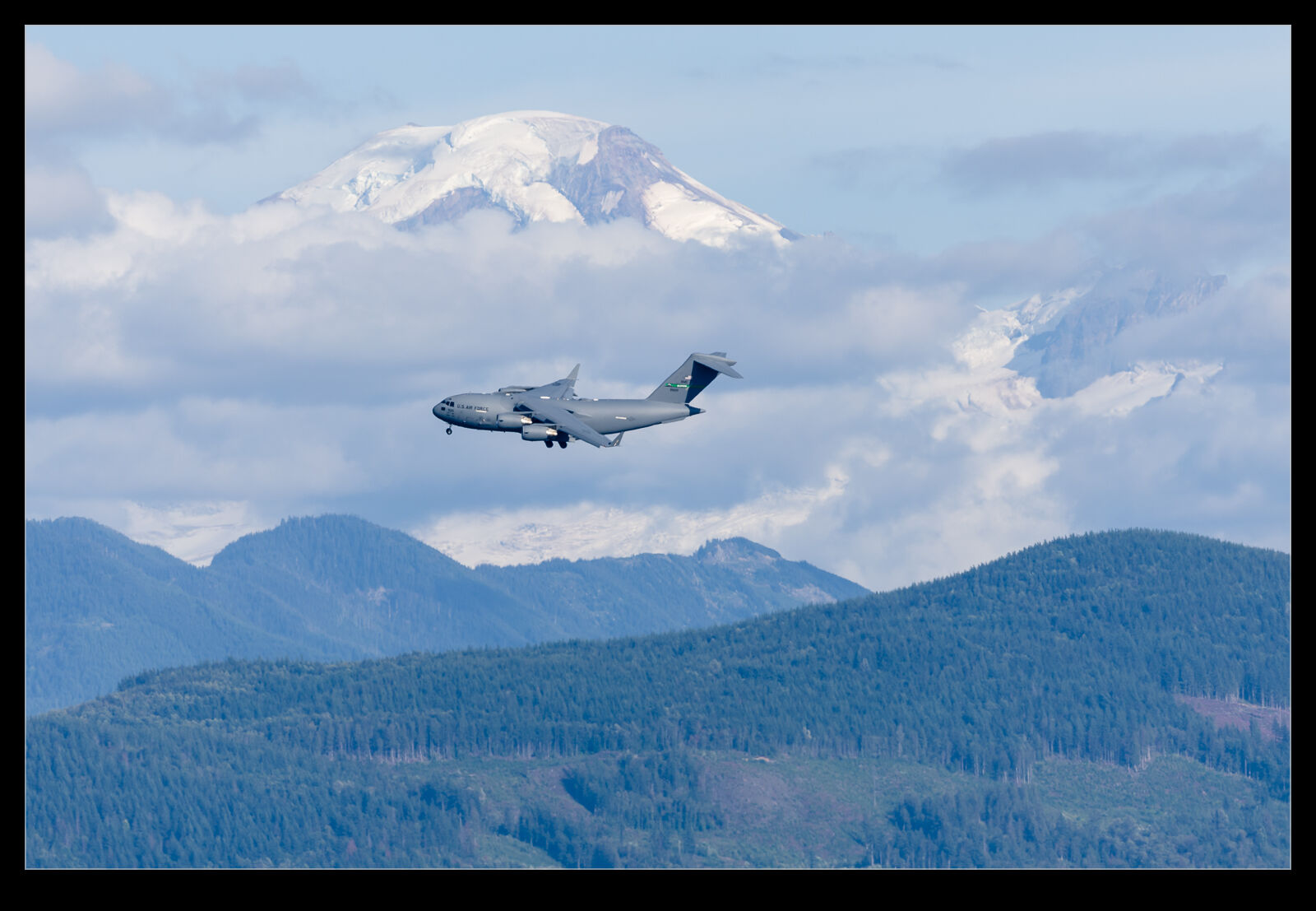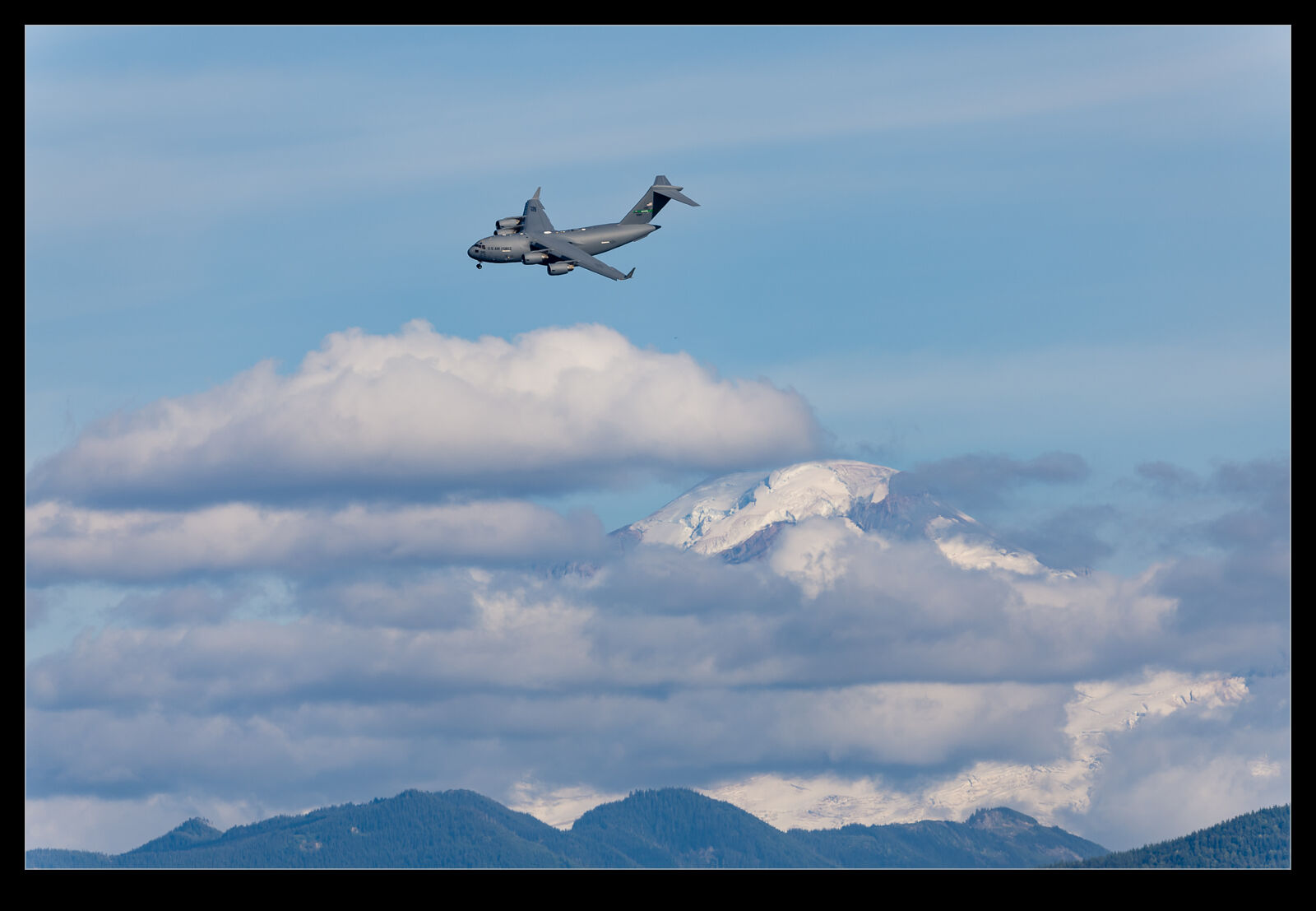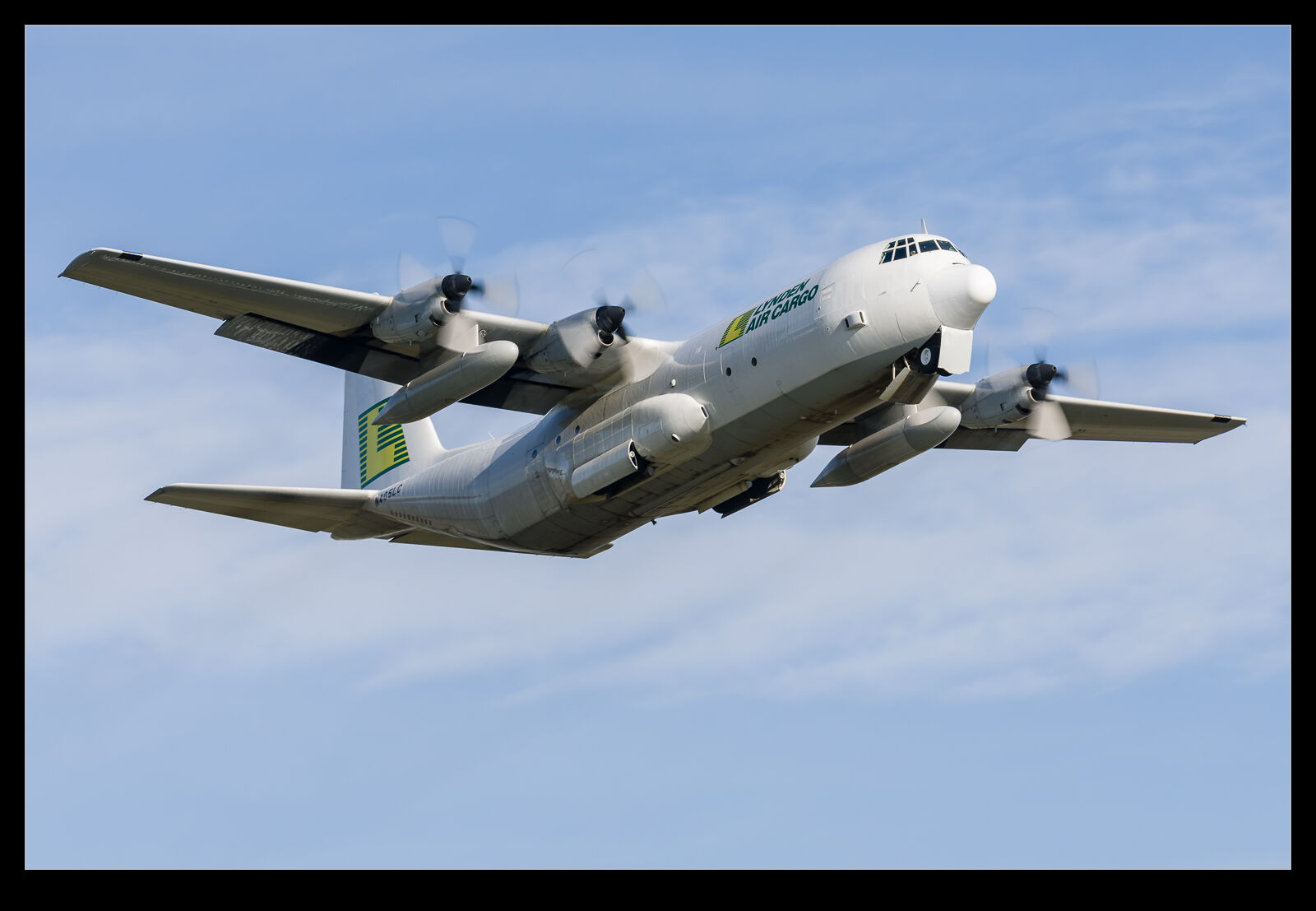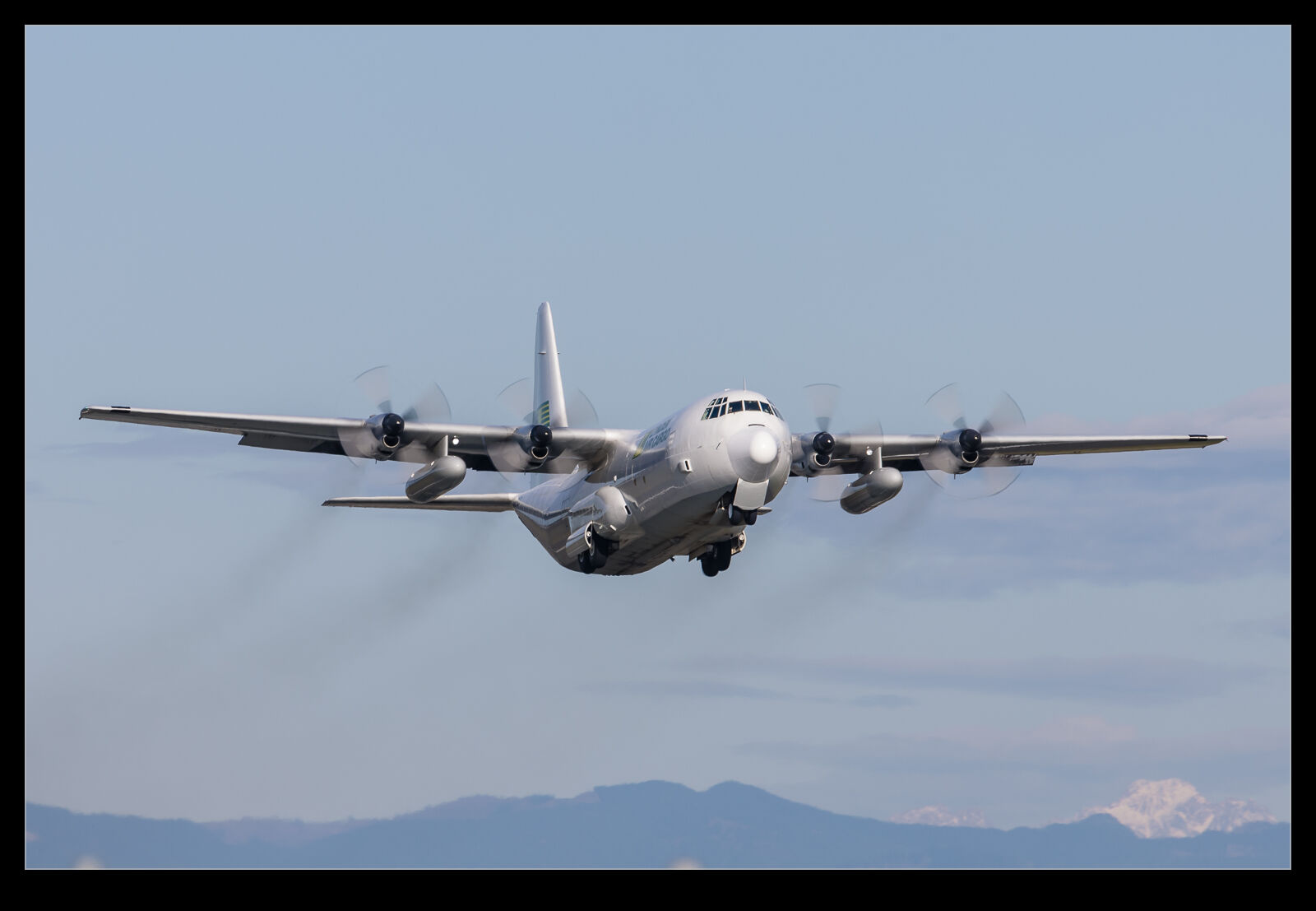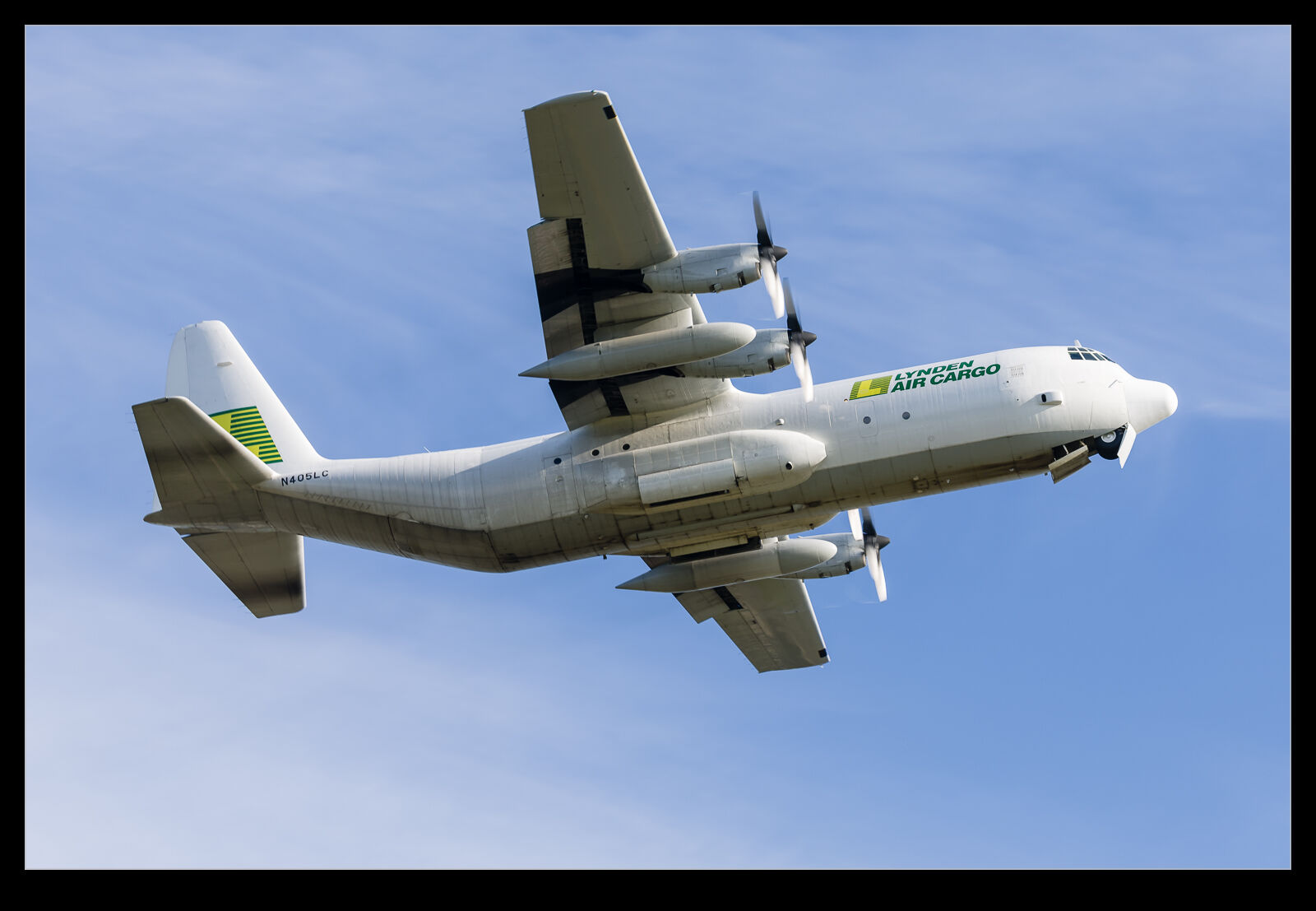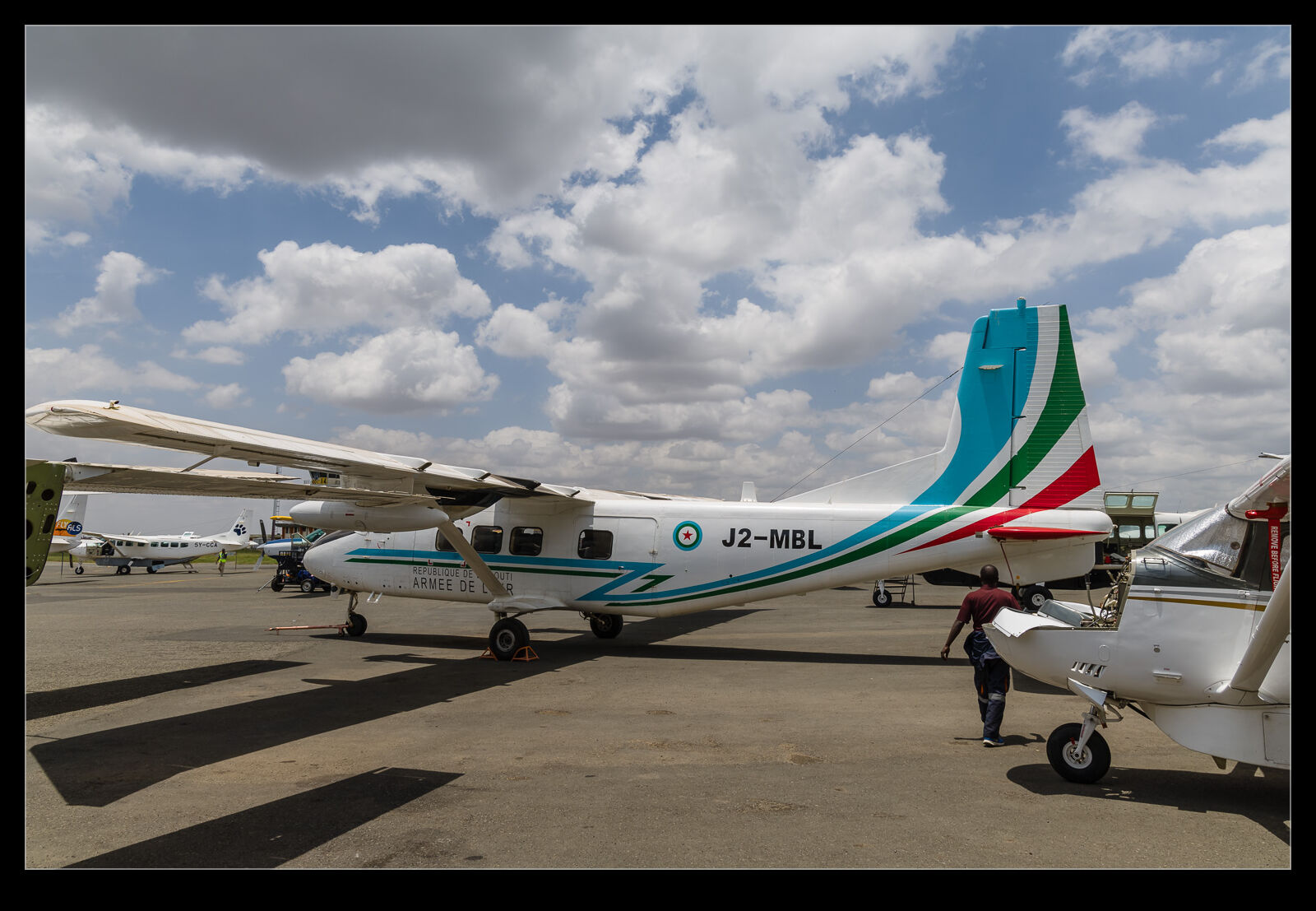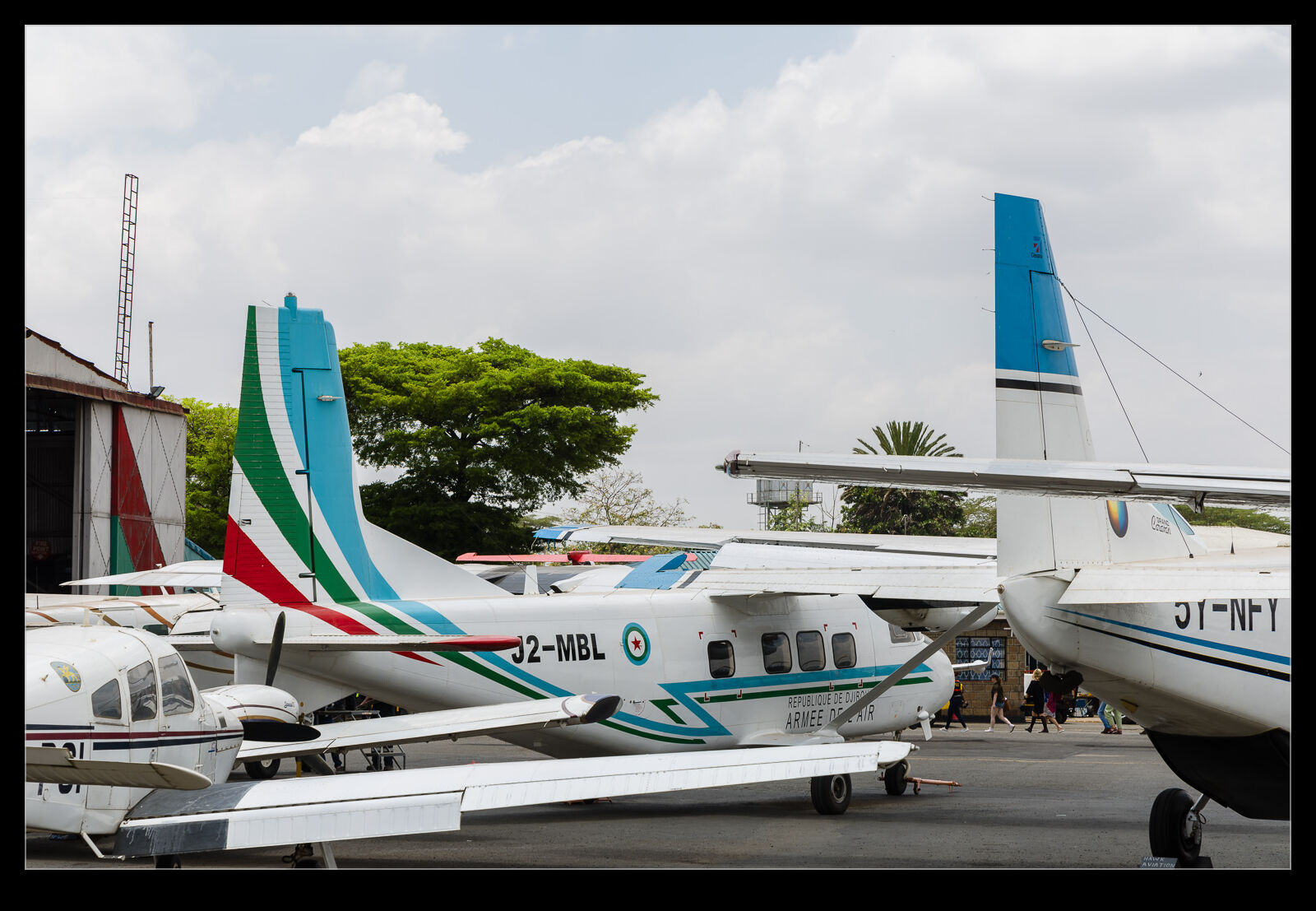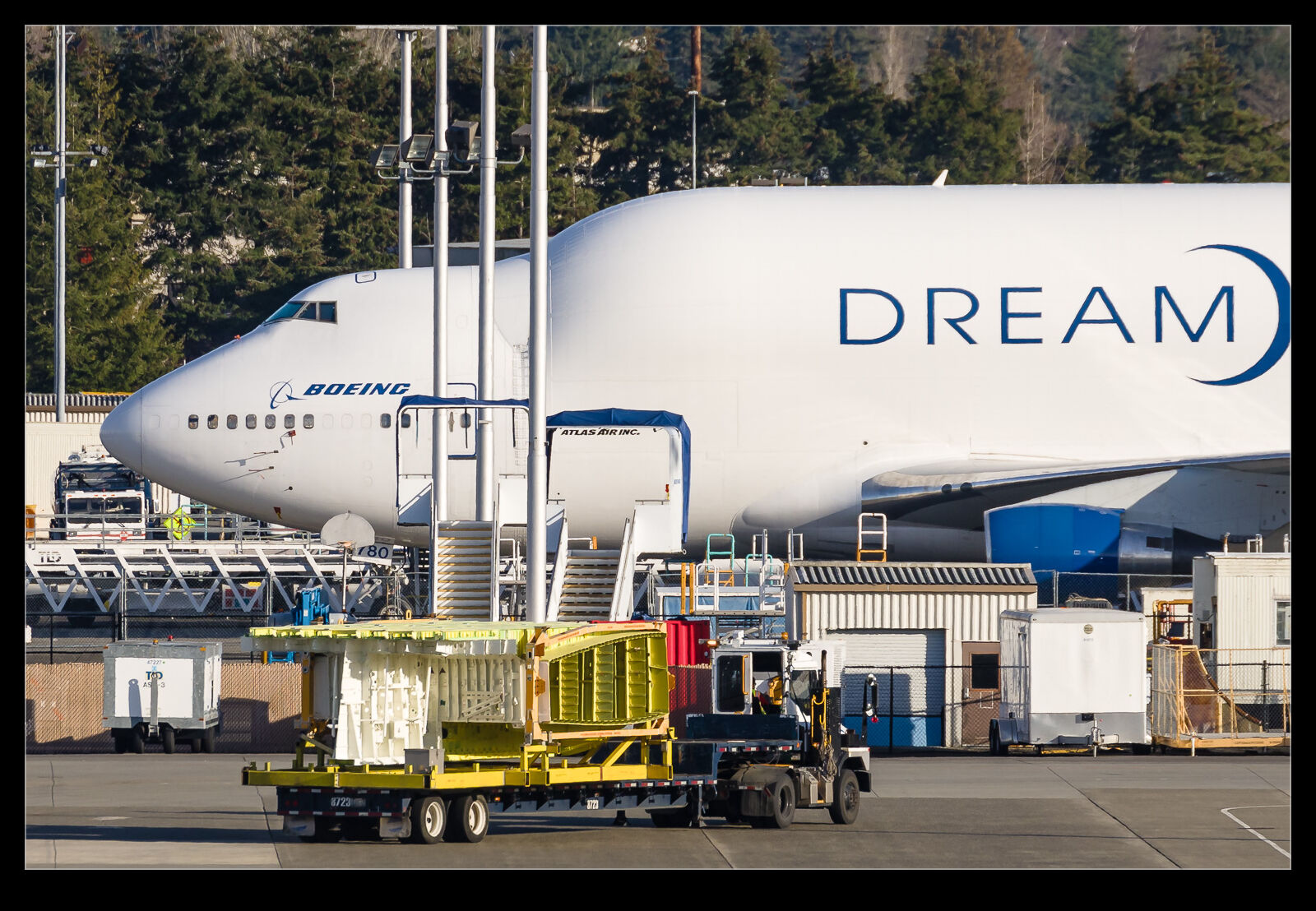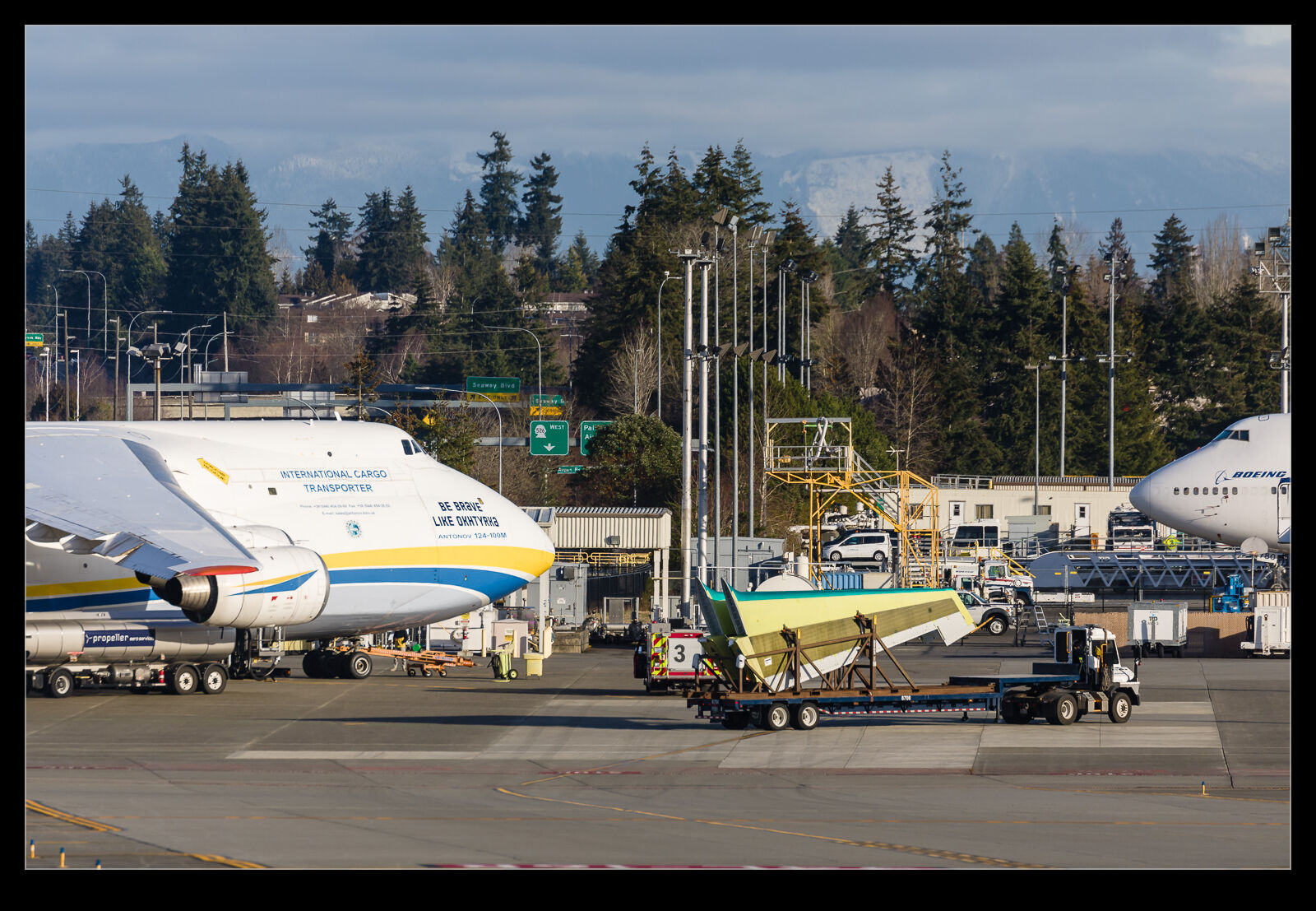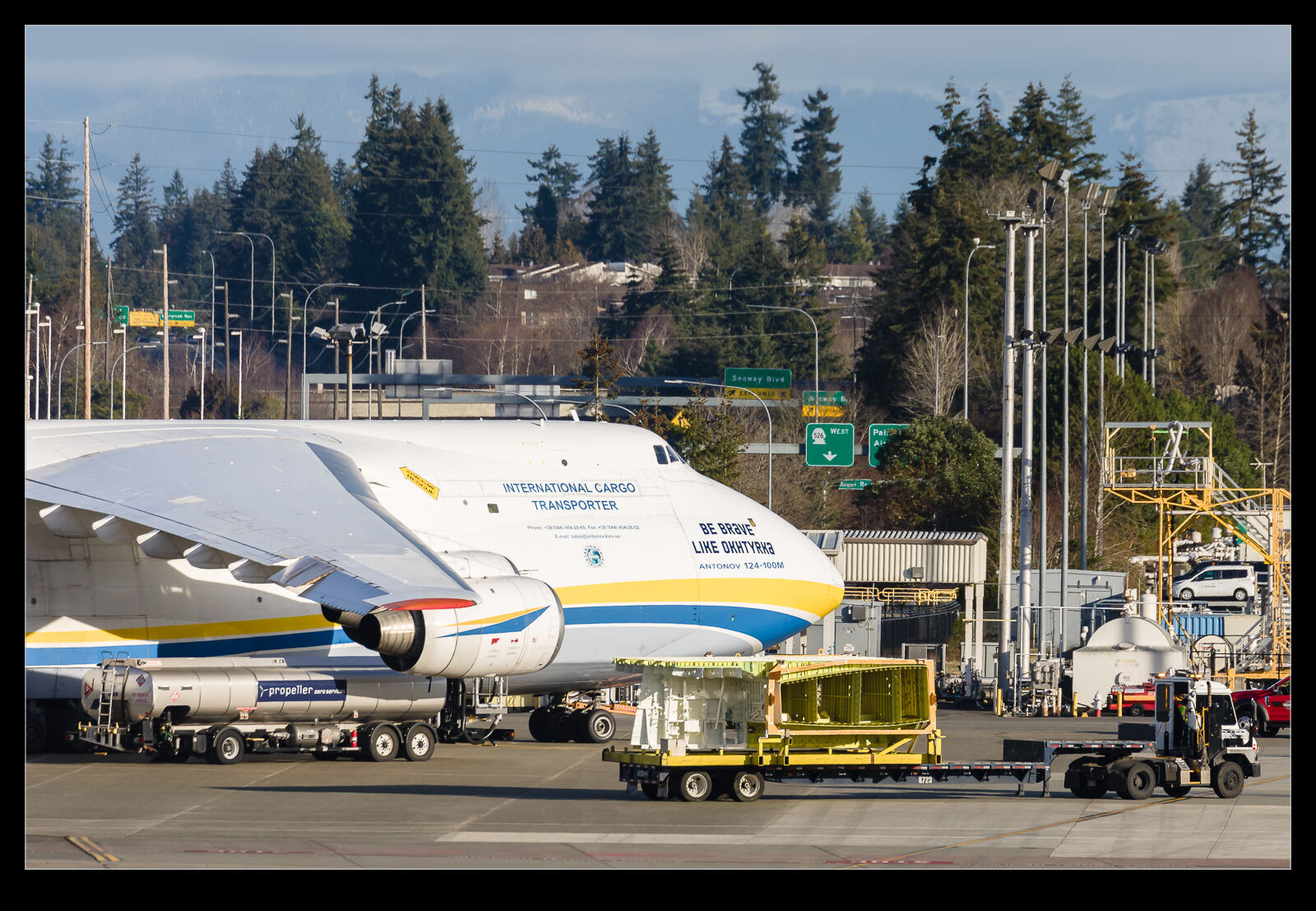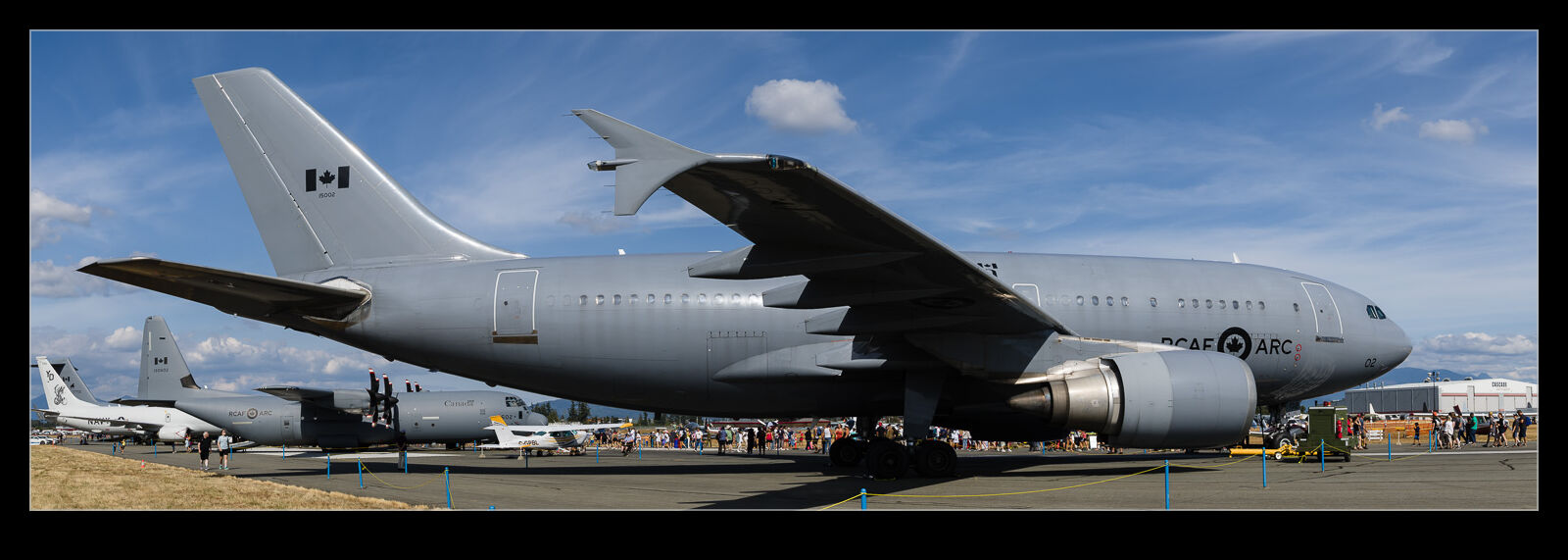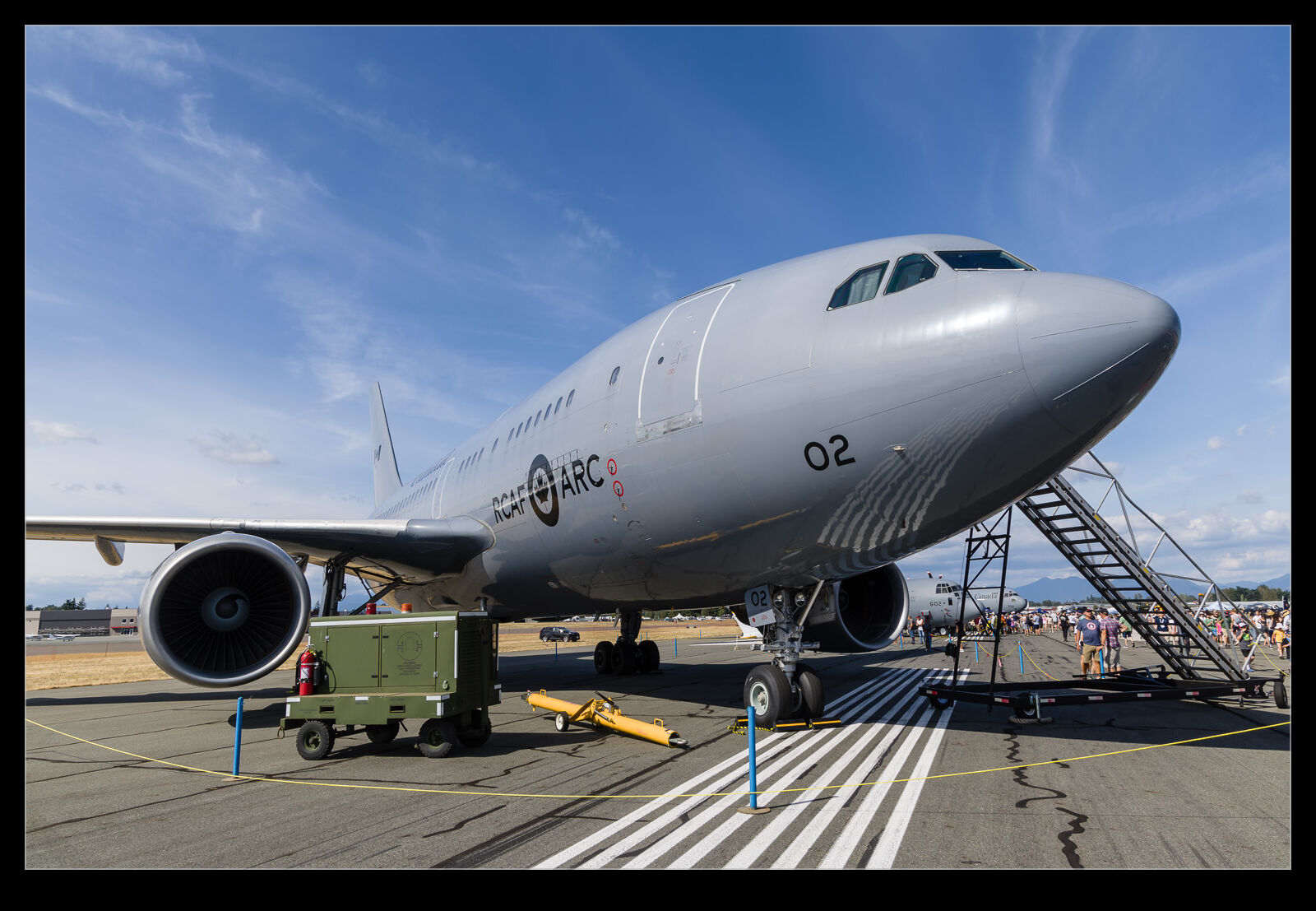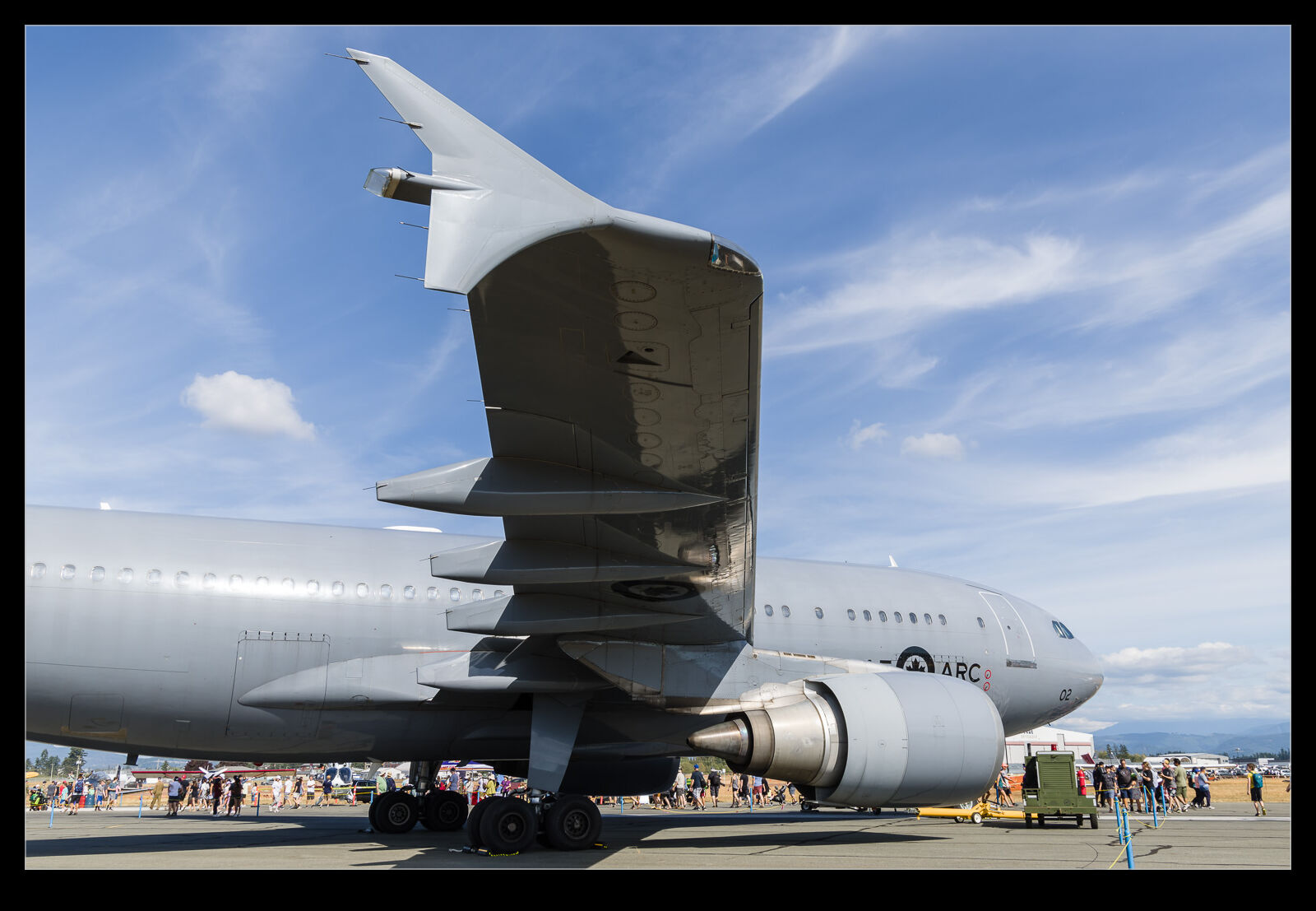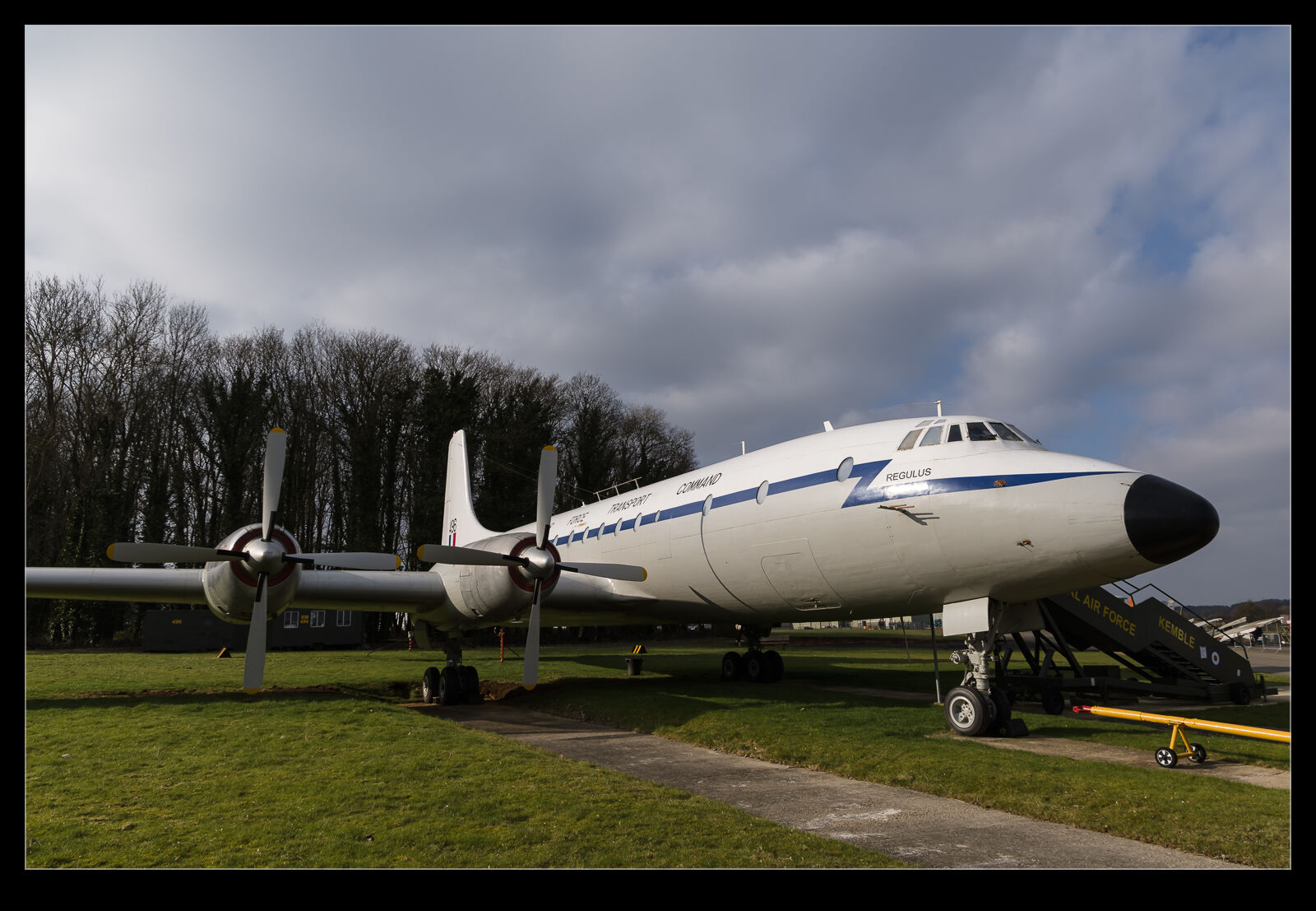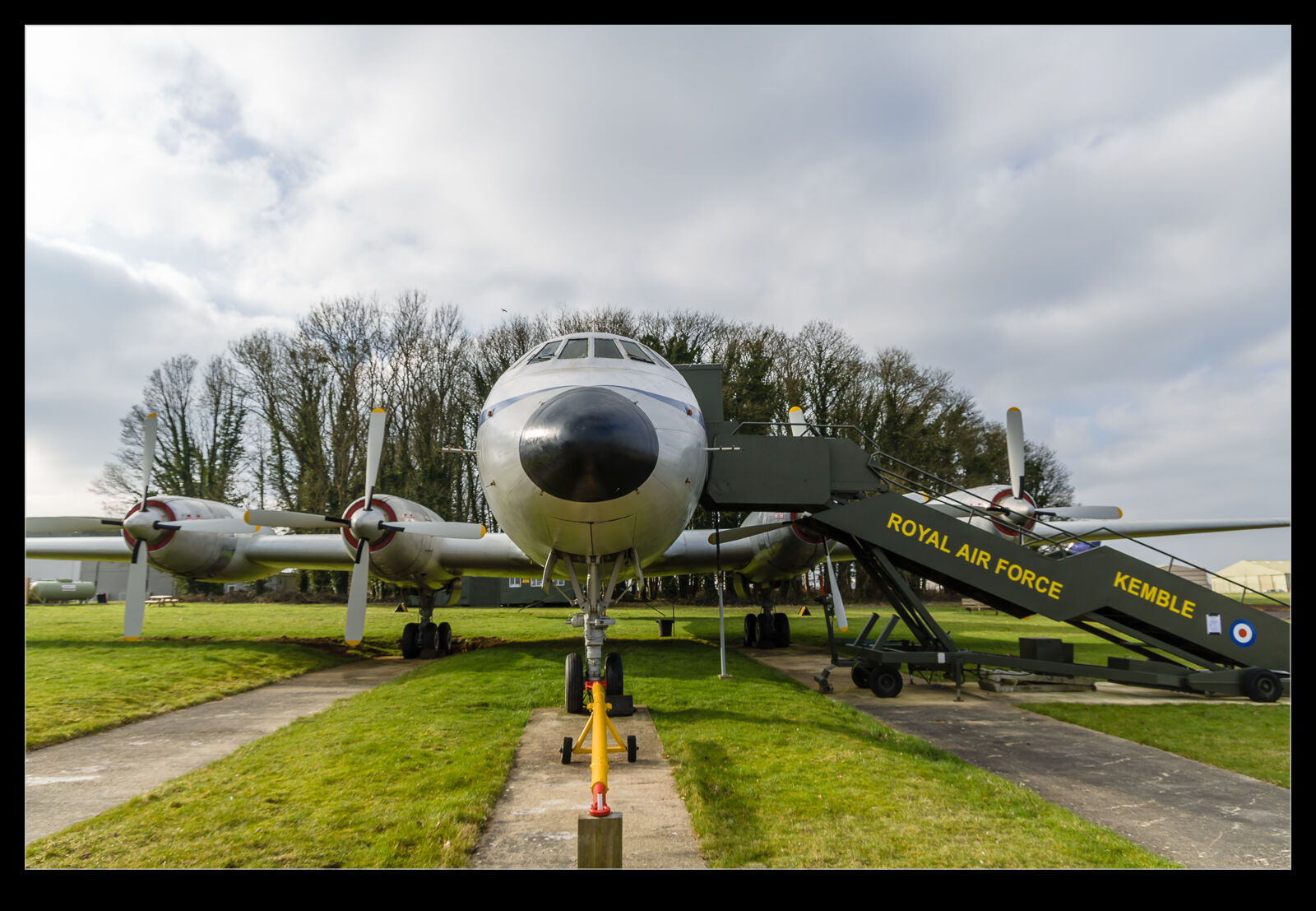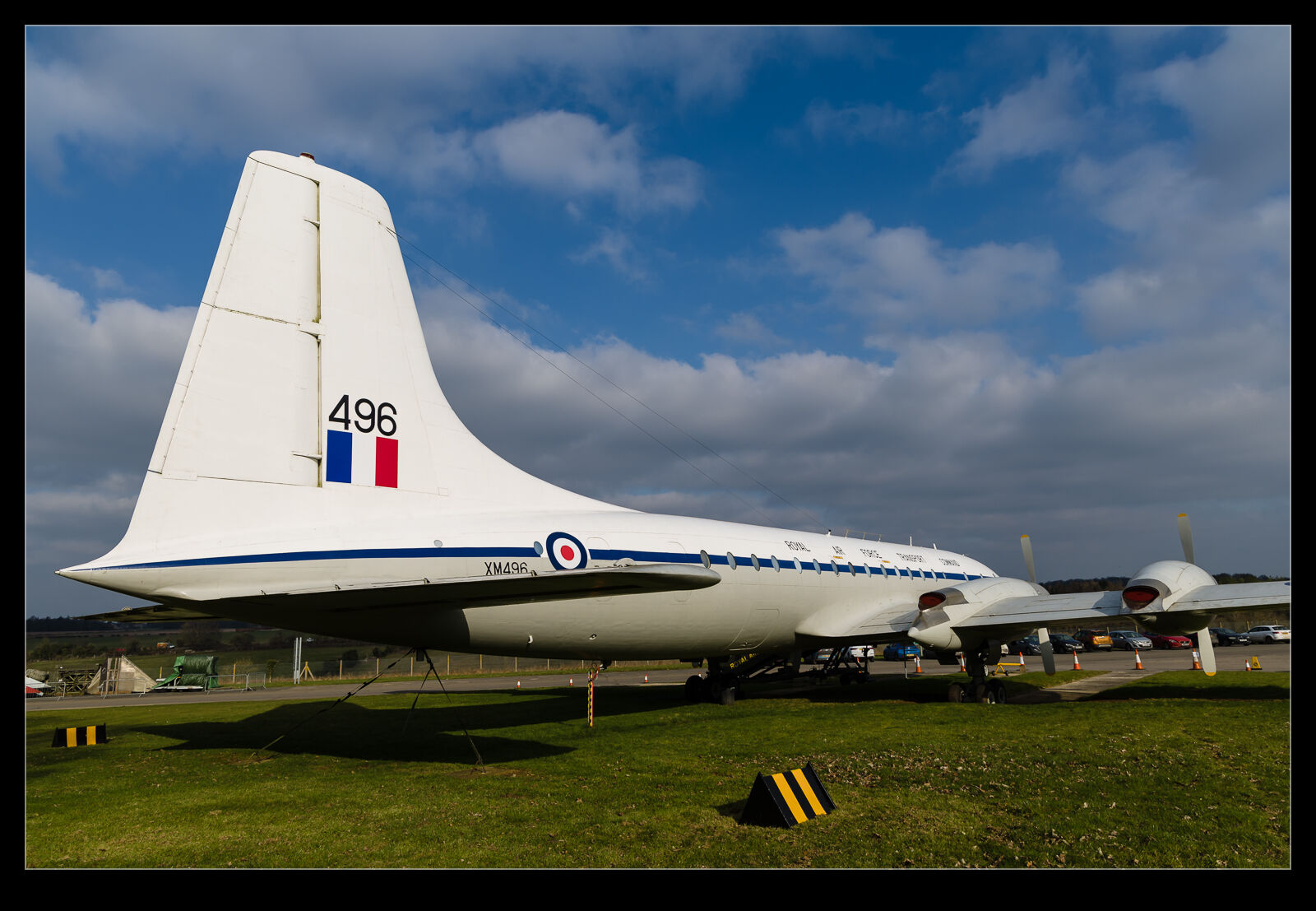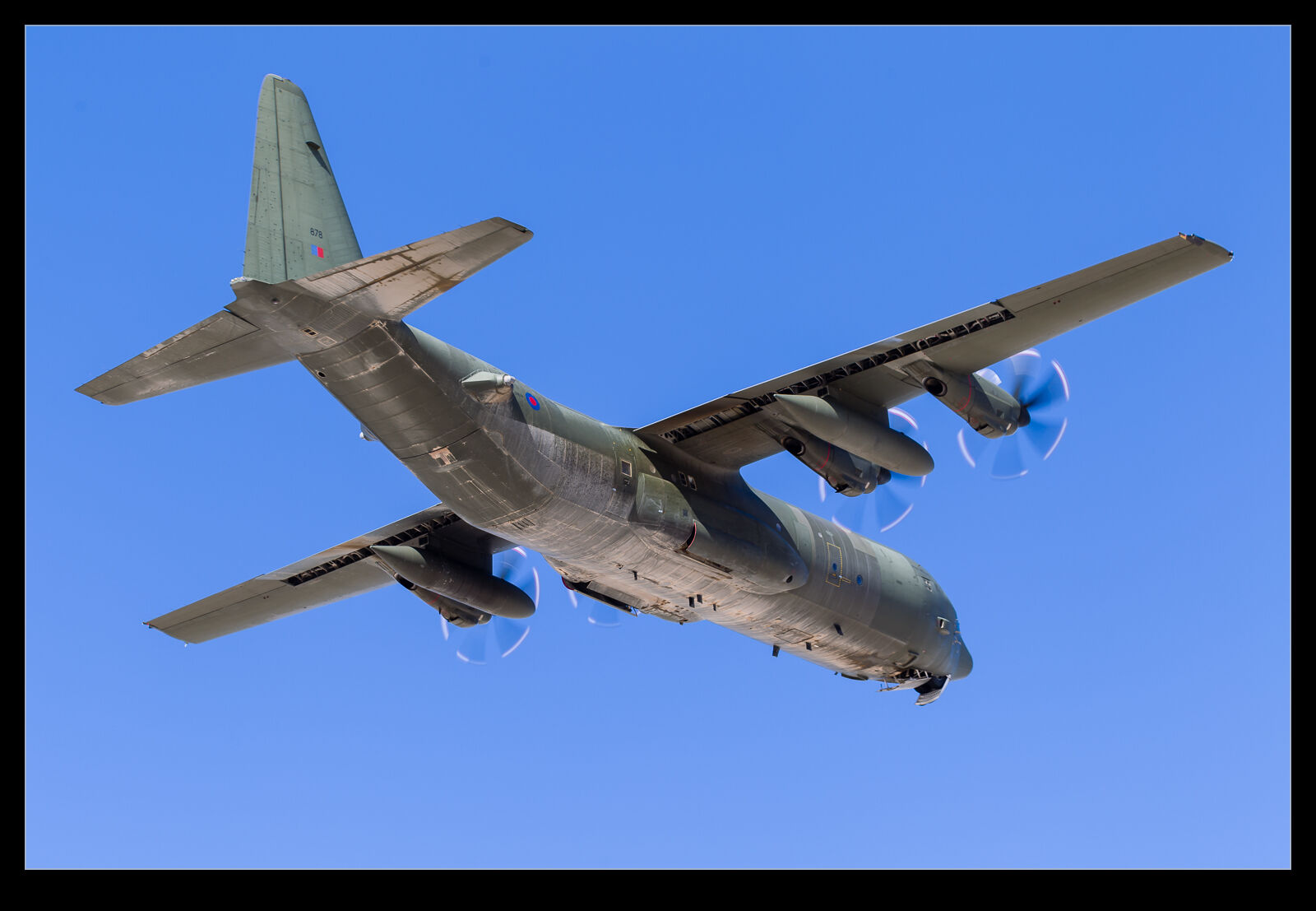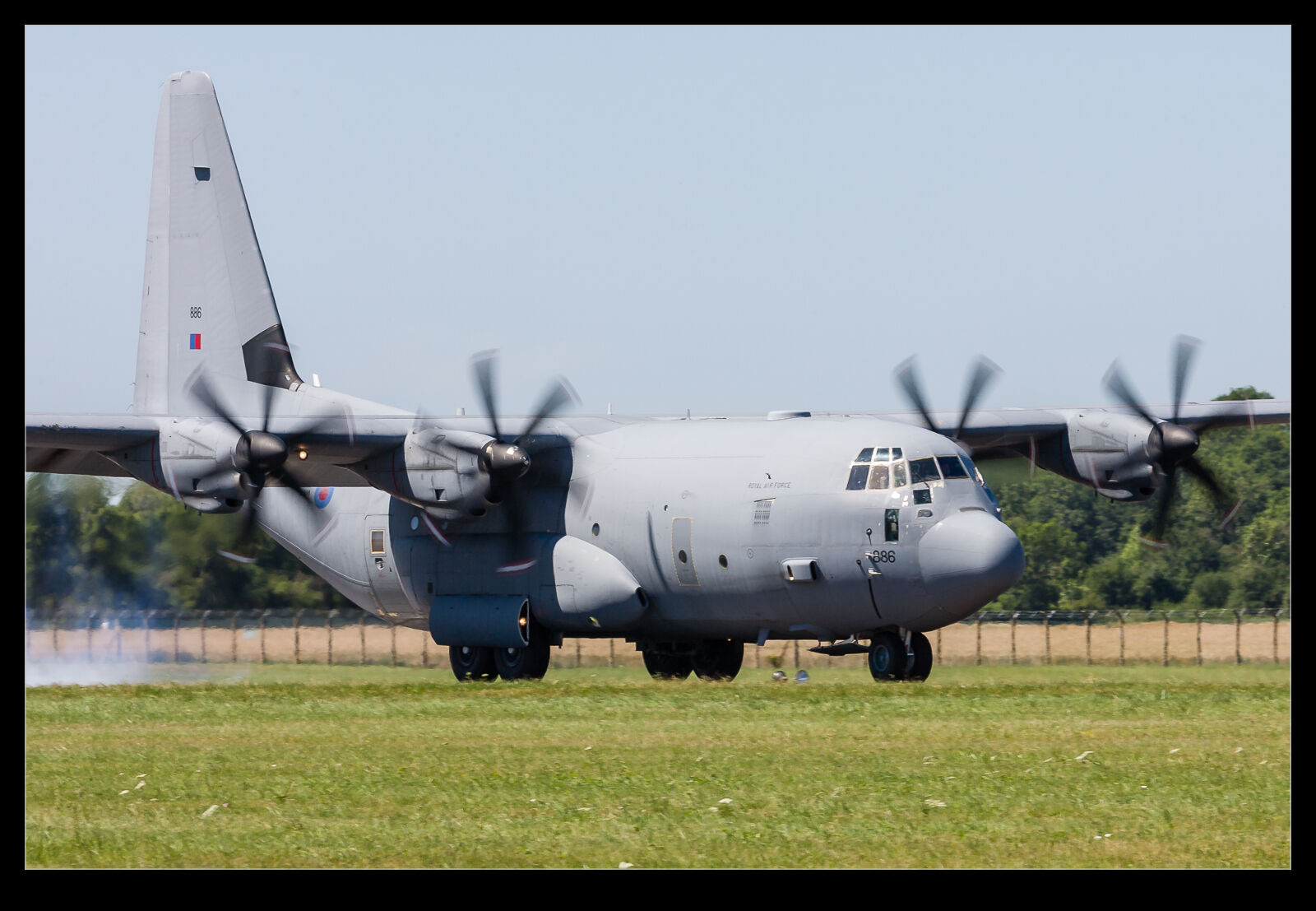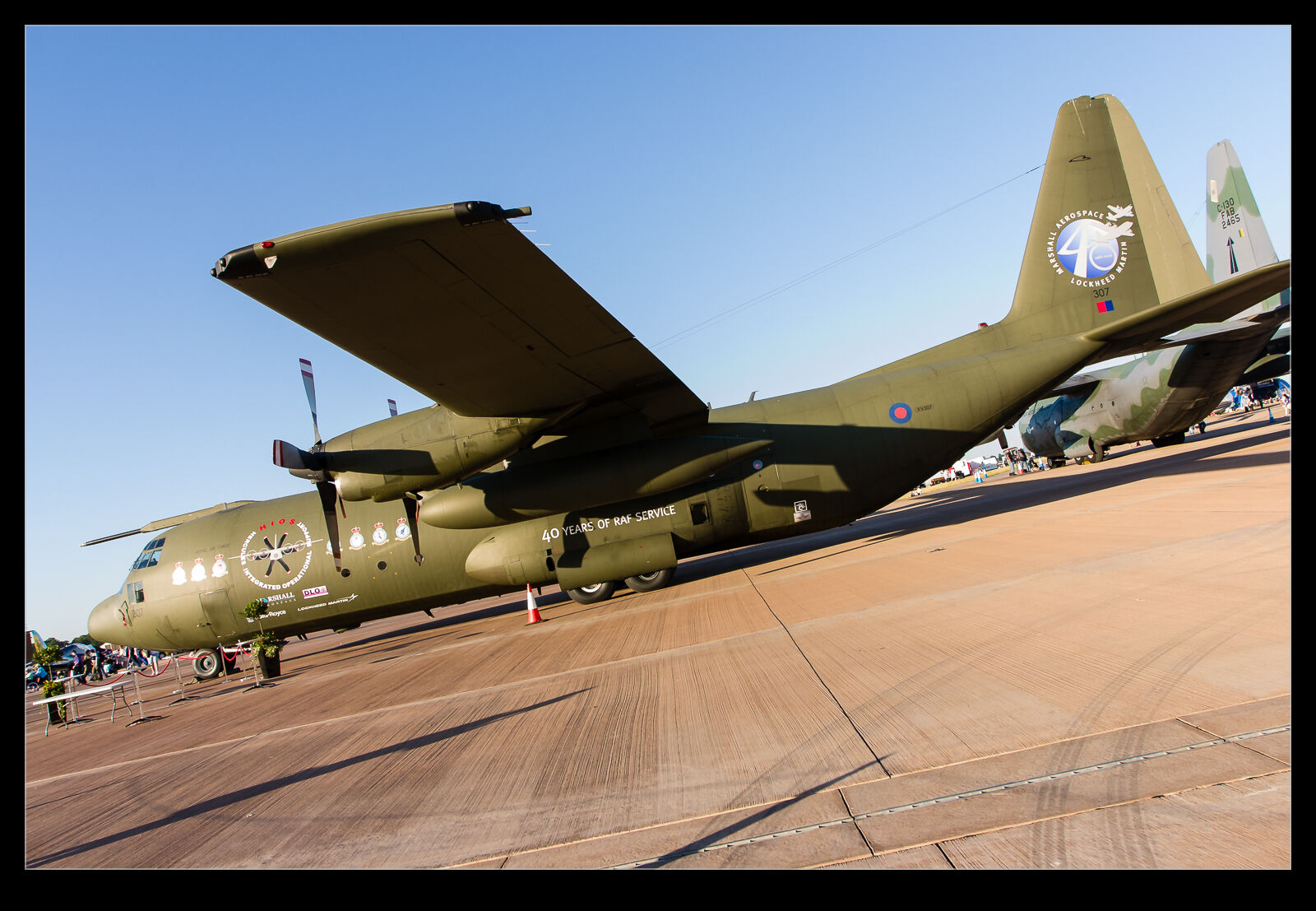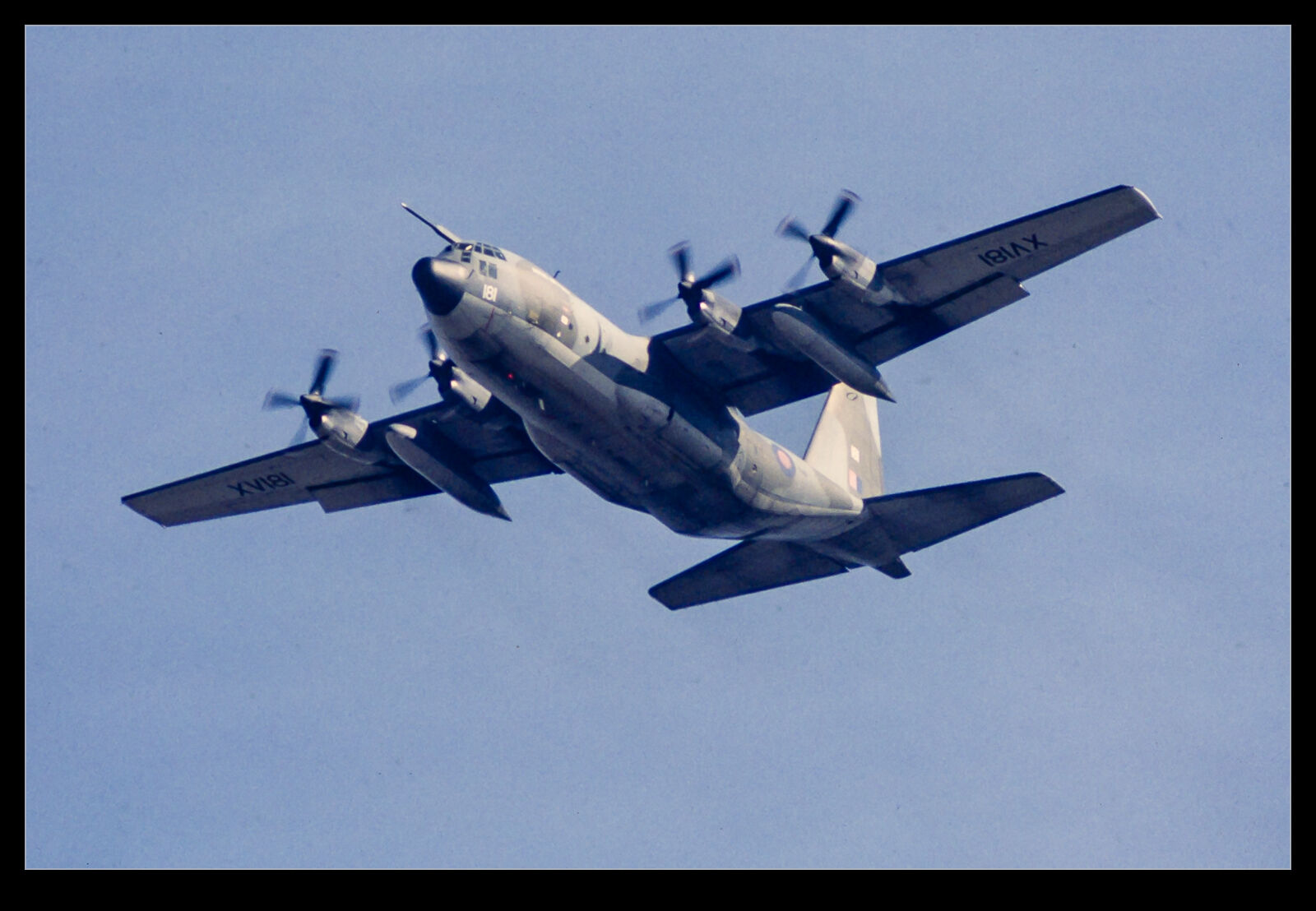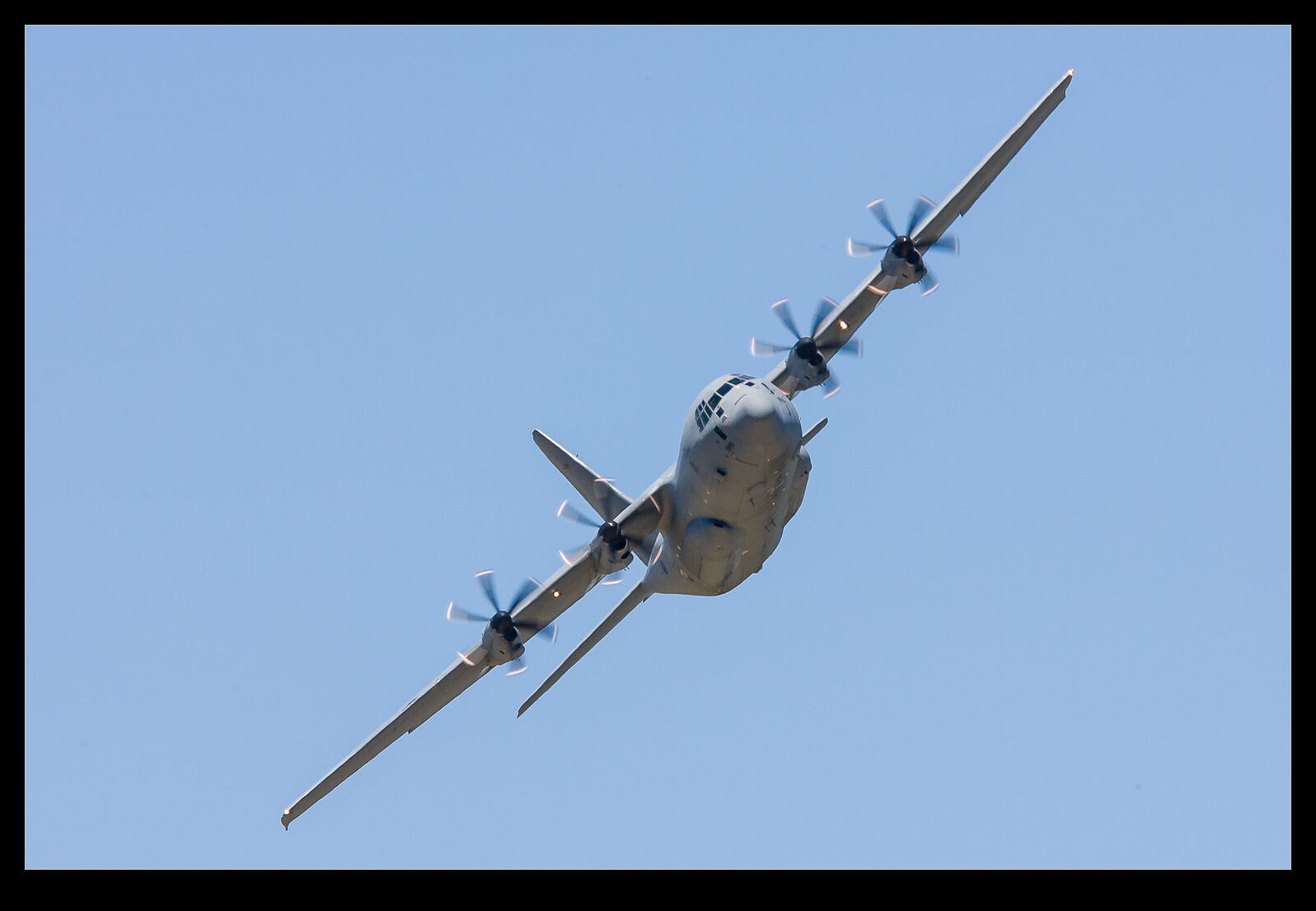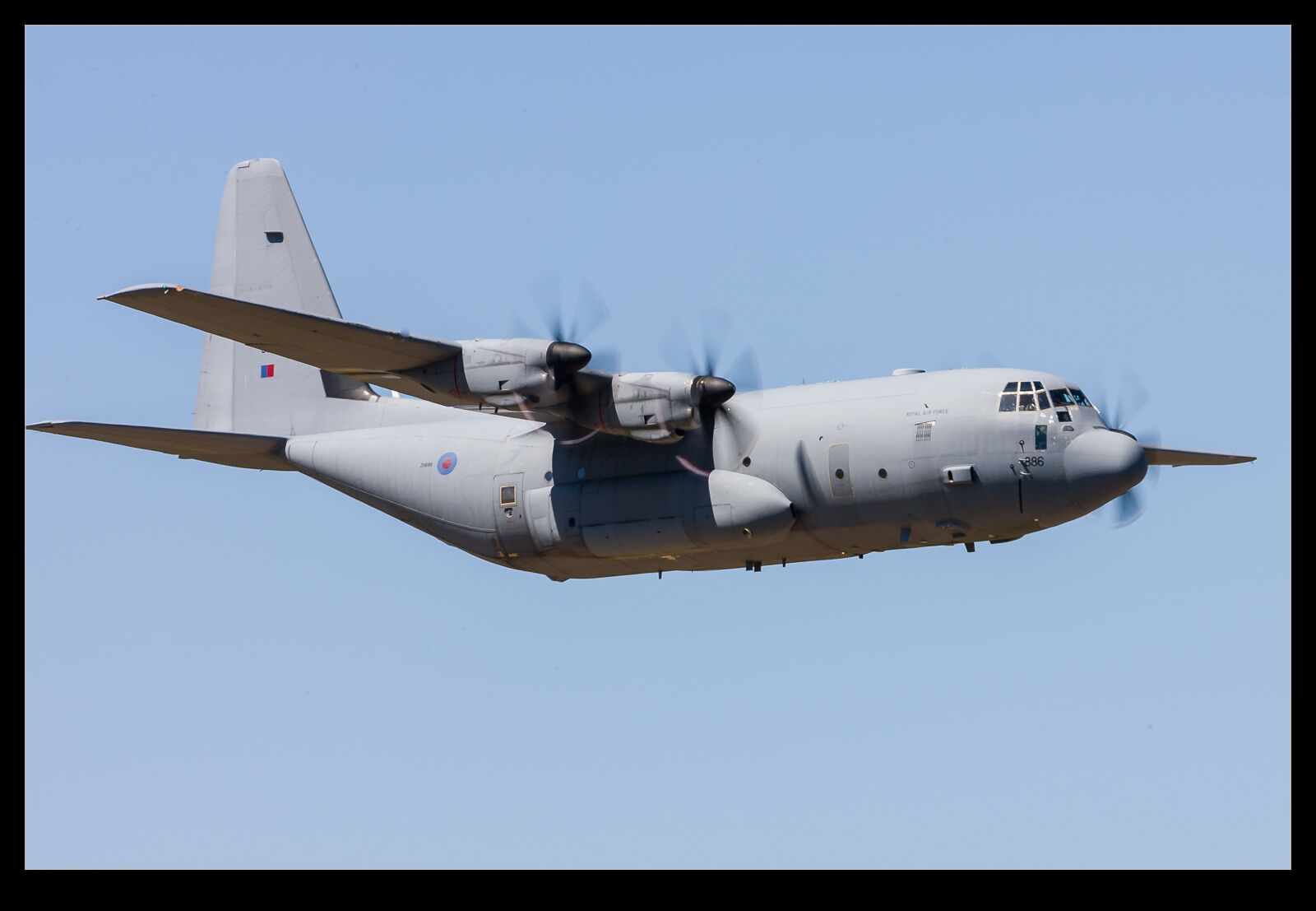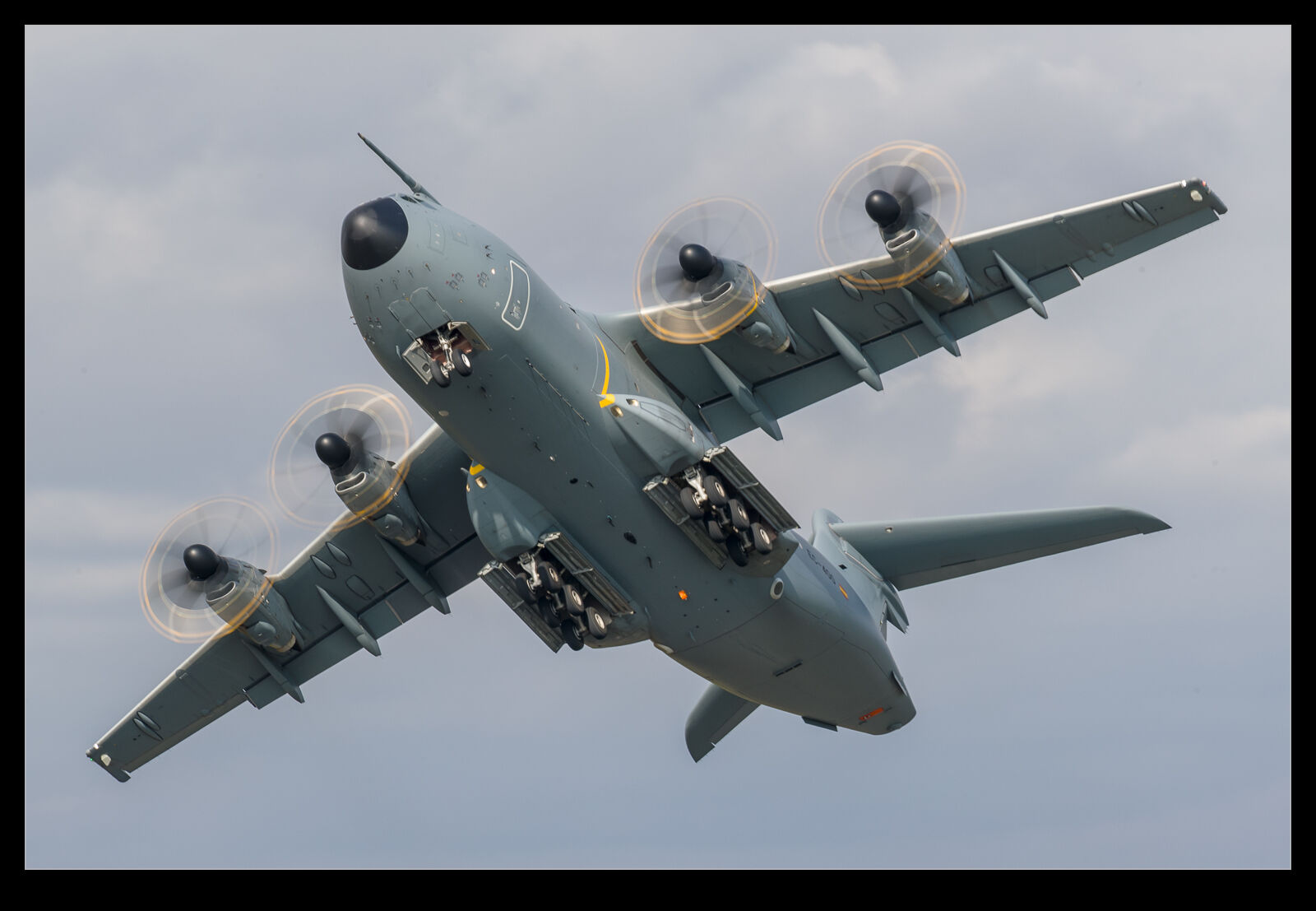 I was working through some shots from my last trip to RIAT in 2019. Amazingly enough, I hadn’t finished editing some of the shots from that visit and I wanted to get rid of a lot of surplus shots to help the old hard drive space issues! As I was working through them, I got to some shots of the A400M displays I saw over the course of the weekend. I think the A400M is a cracking looking jet. Whether it is doing what everyone wanted of it, I have no idea. I just know it looks great and is capable of some really impressive demos.
I was working through some shots from my last trip to RIAT in 2019. Amazingly enough, I hadn’t finished editing some of the shots from that visit and I wanted to get rid of a lot of surplus shots to help the old hard drive space issues! As I was working through them, I got to some shots of the A400M displays I saw over the course of the weekend. I think the A400M is a cracking looking jet. Whether it is doing what everyone wanted of it, I have no idea. I just know it looks great and is capable of some really impressive demos.
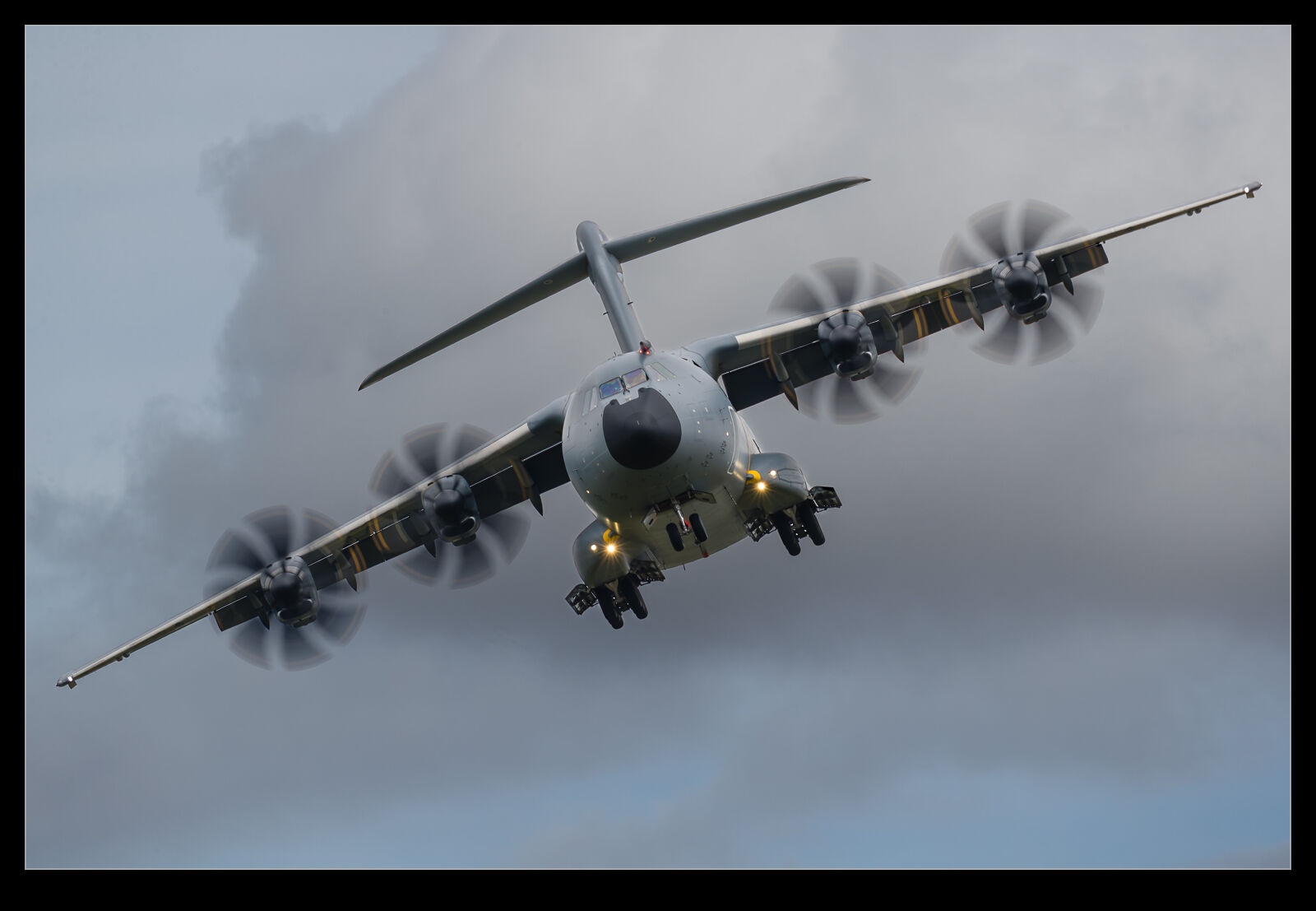 For some reason, I had been feeling very brave during RIAT when it came to shooting some of the props. I had gone with quite low shutter speeds with long lenses and the results were not necessarily all I would have wanted. There were always going to be blurry shots to get culled, but the number of sharp ones was a little lower than I would have liked. However, all was not a total loss, and I did get a bunch of shots that I was happy with.
For some reason, I had been feeling very brave during RIAT when it came to shooting some of the props. I had gone with quite low shutter speeds with long lenses and the results were not necessarily all I would have wanted. There were always going to be blurry shots to get culled, but the number of sharp ones was a little lower than I would have liked. However, all was not a total loss, and I did get a bunch of shots that I was happy with.
Here is a selection of shots from across the show including the official displays by the Airbus test crew and some of the operator aircraft too. The weather for RIAT 2019 was not that great. We did get some nice light occasionally but one of the days was very wet (and I was feeling crappy too) and the others were overcast a lot of the time. Not the most exciting light for a grey painted plane but they had the potential for prop vortices. Will I have big prints of these on the wall? No, I don’t think so. However, it was okay and there will be other times, I hope.
